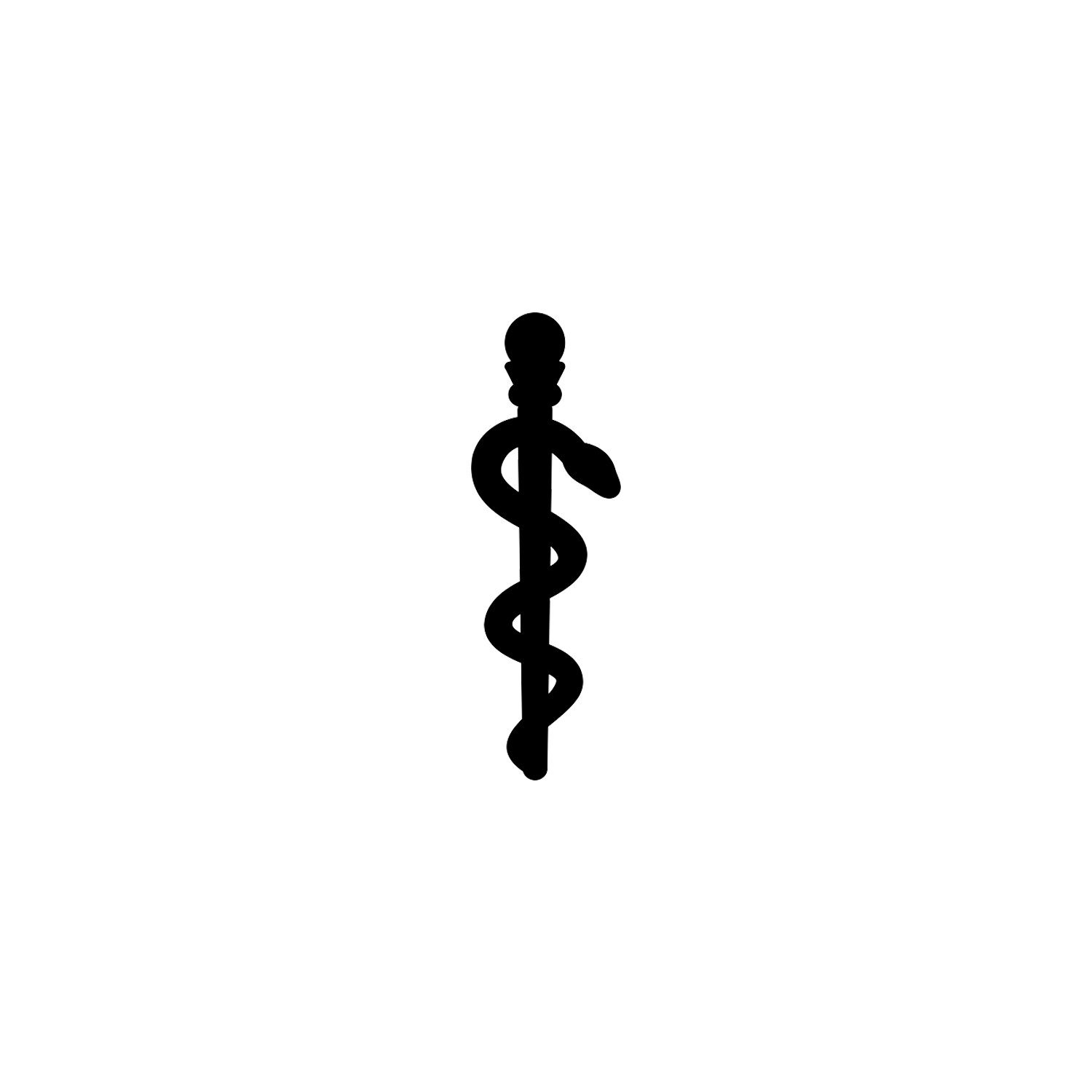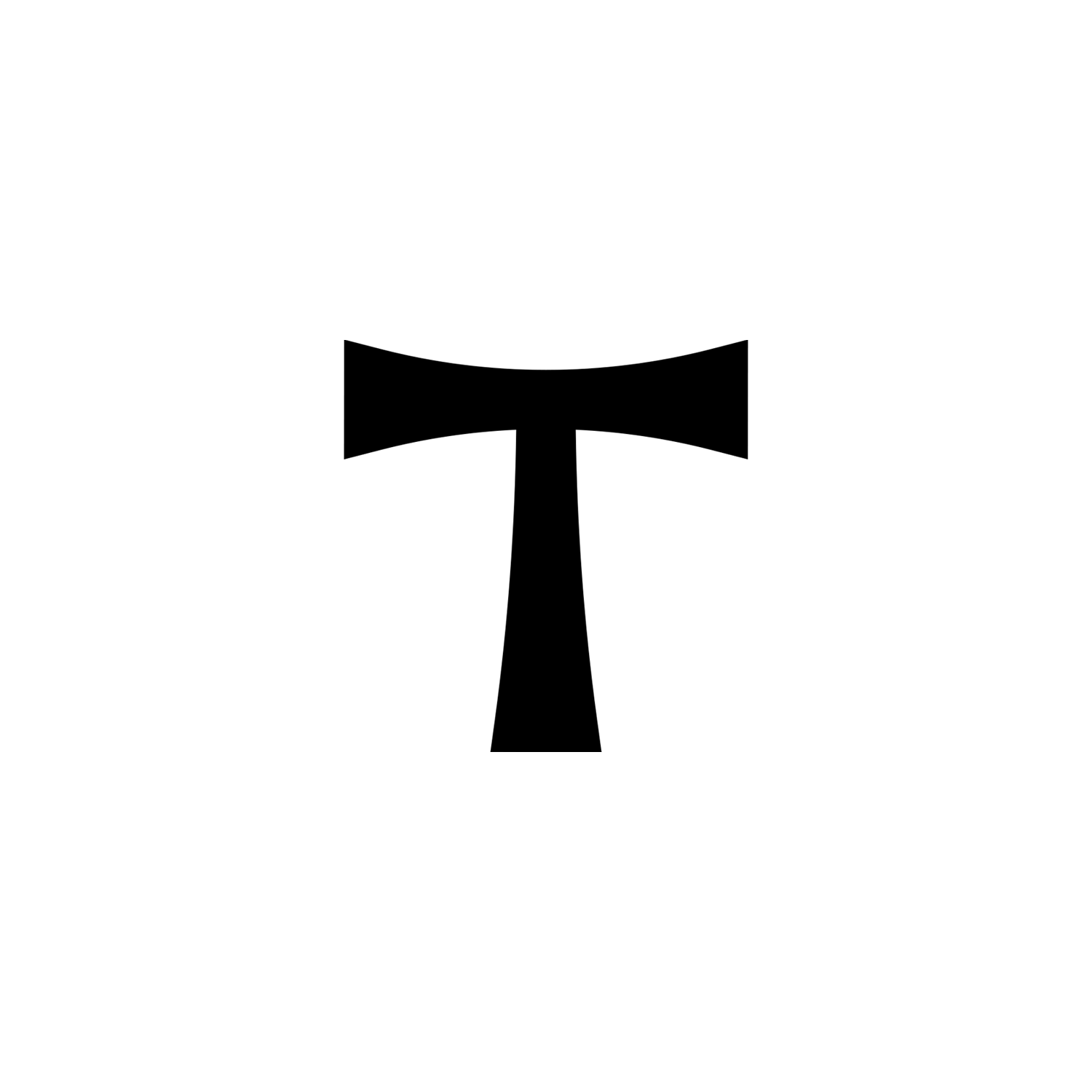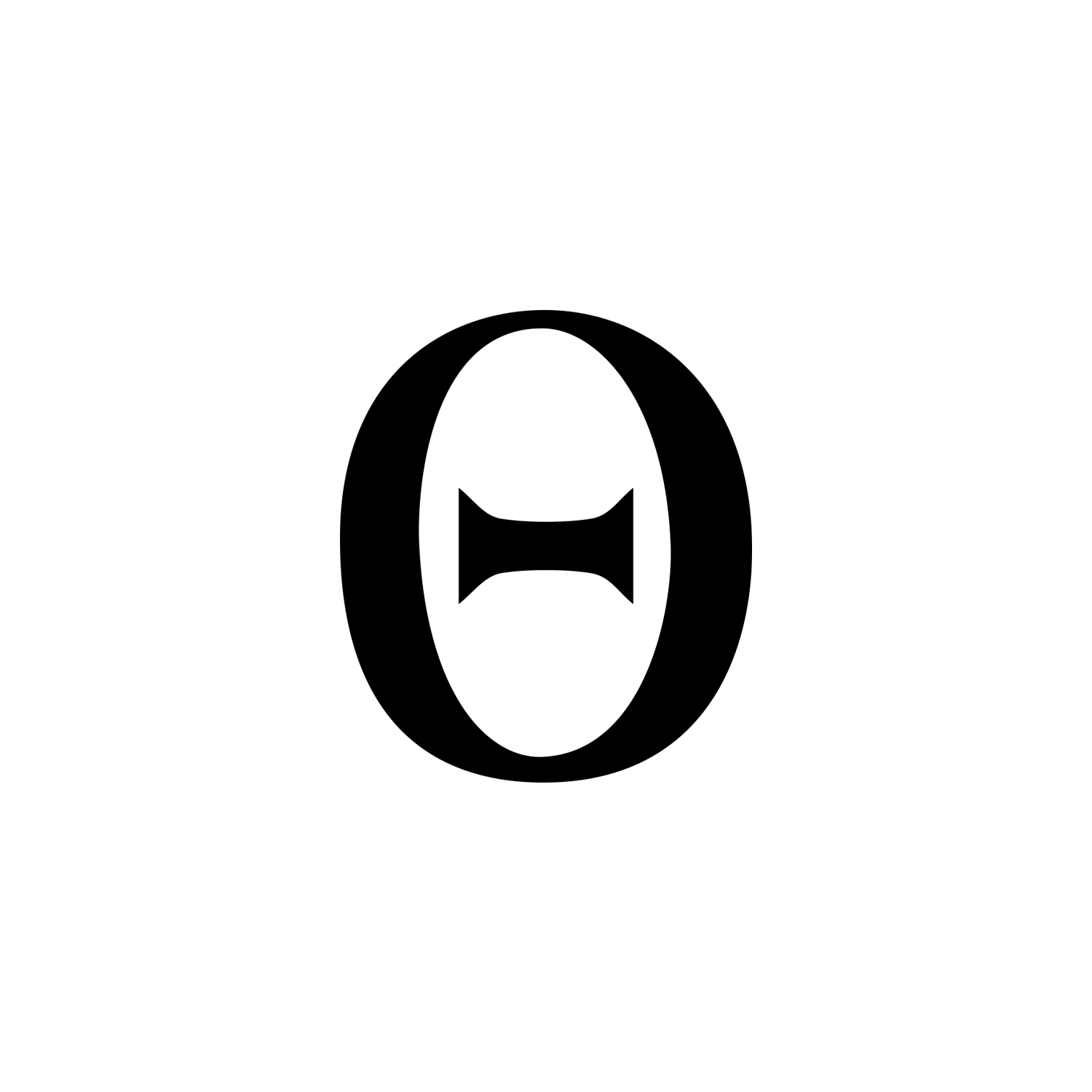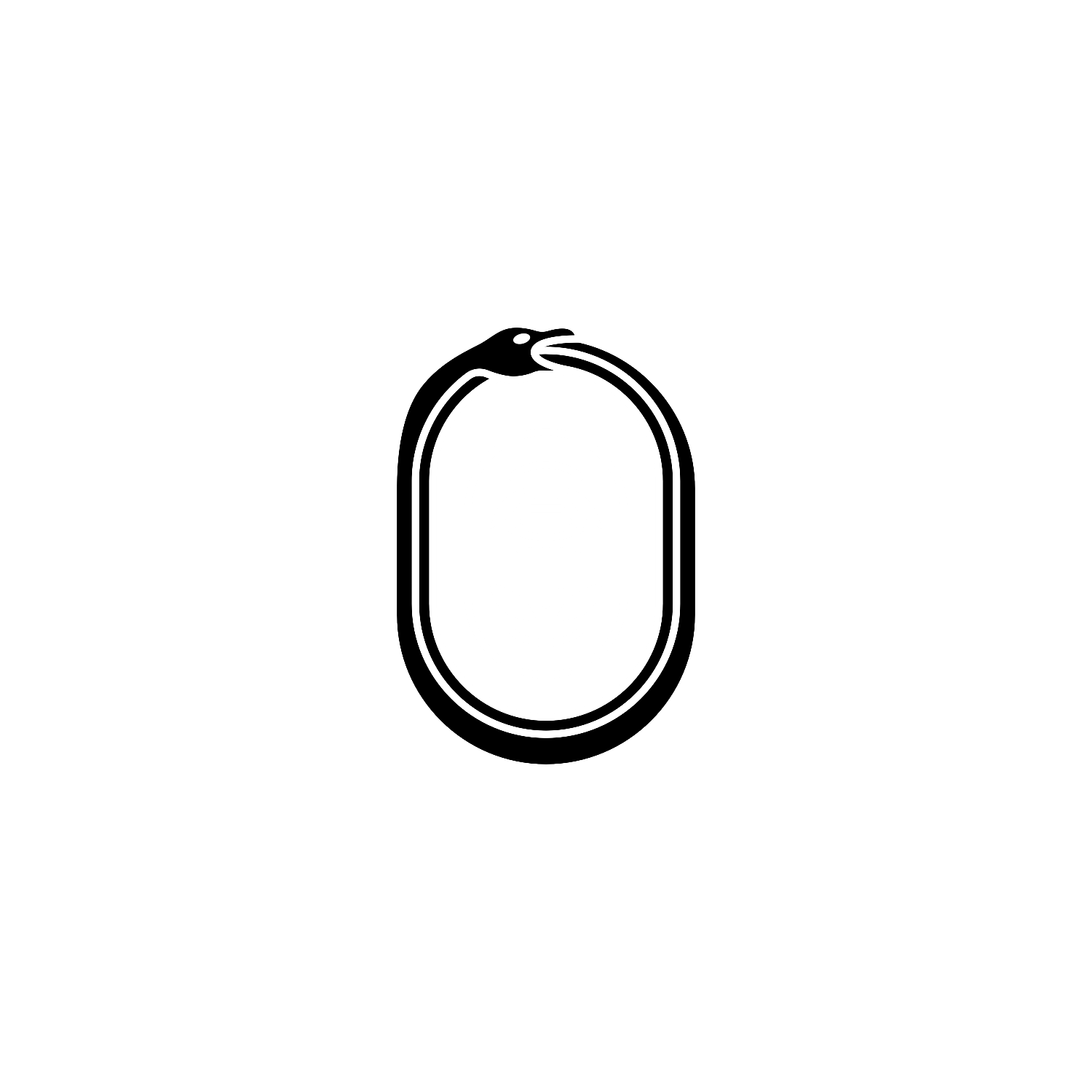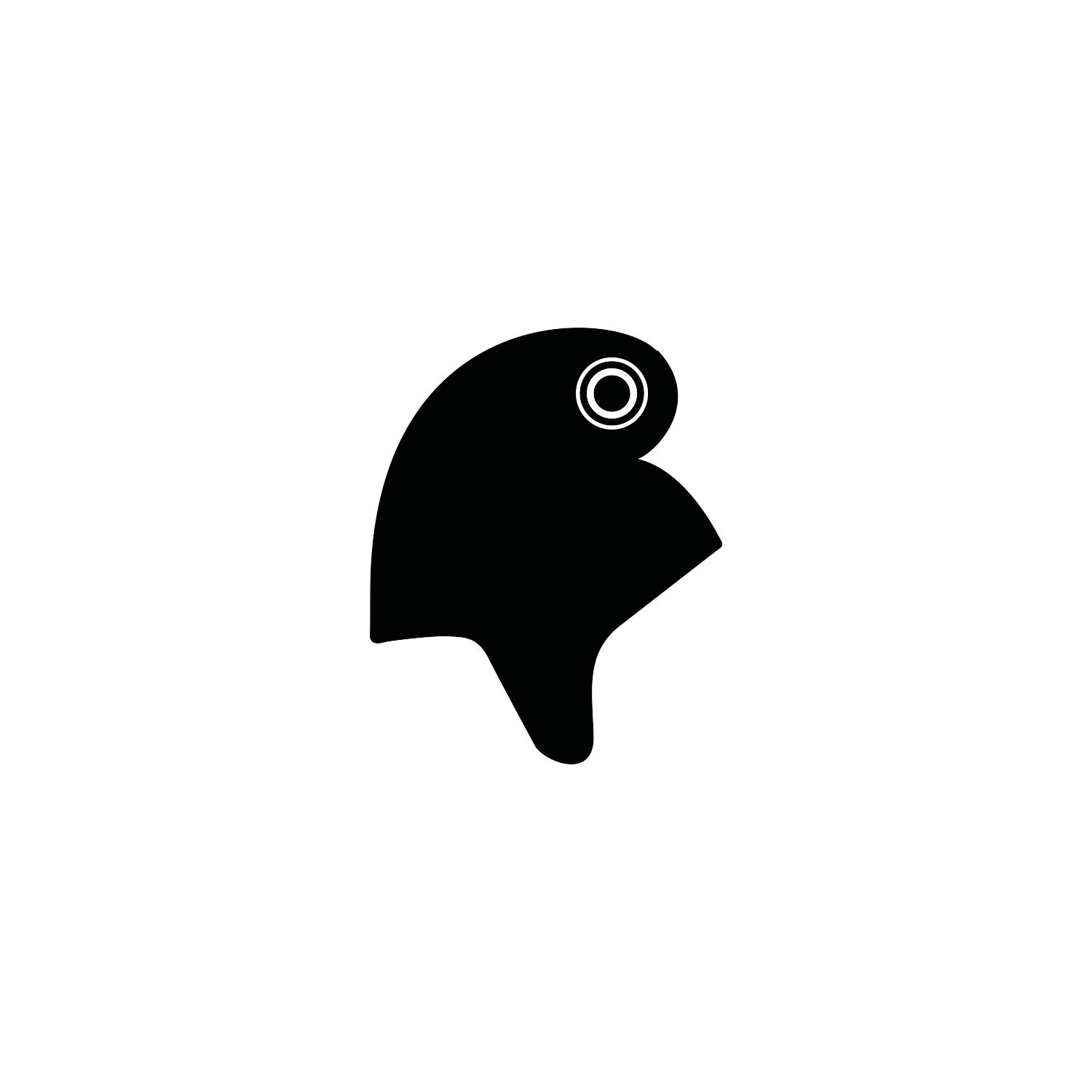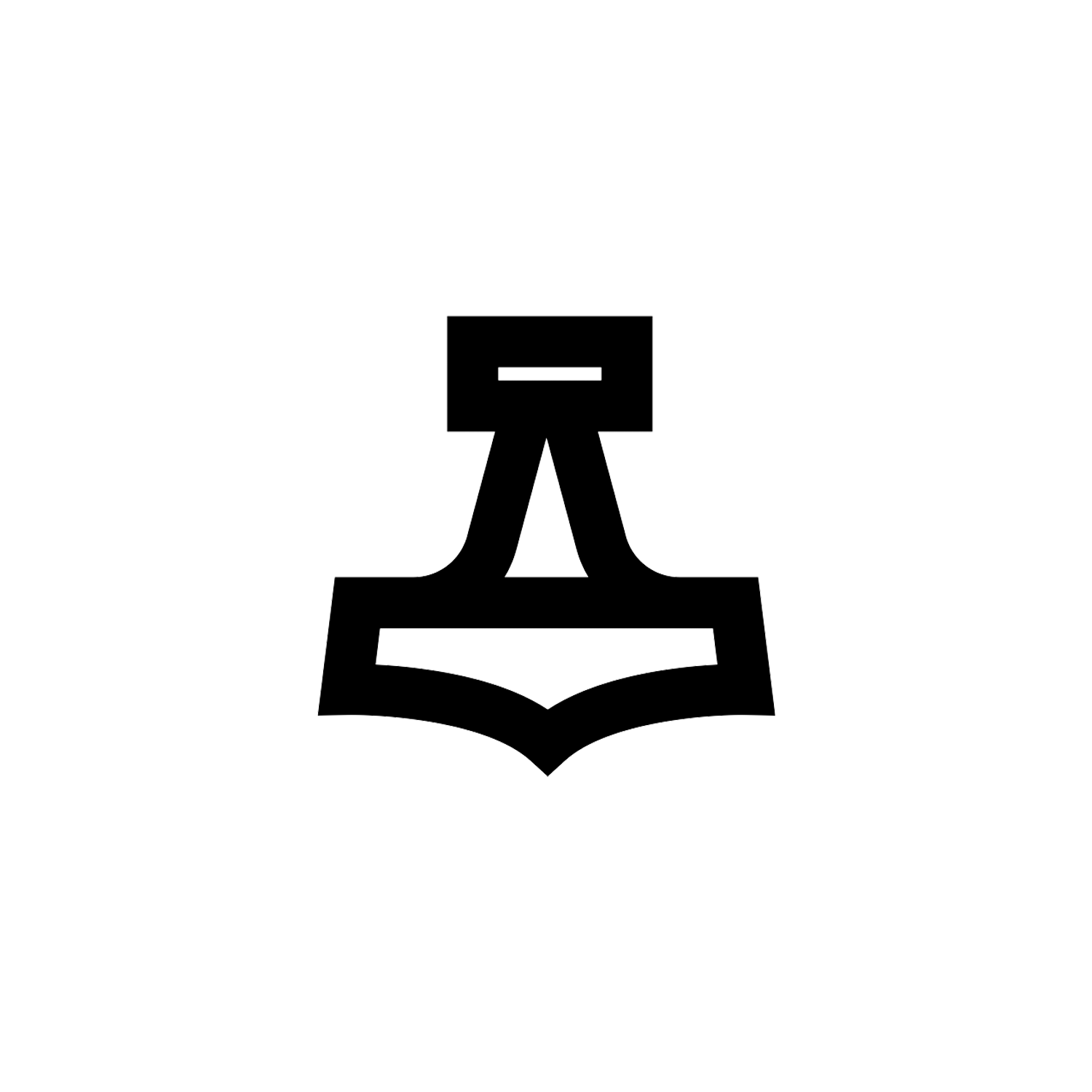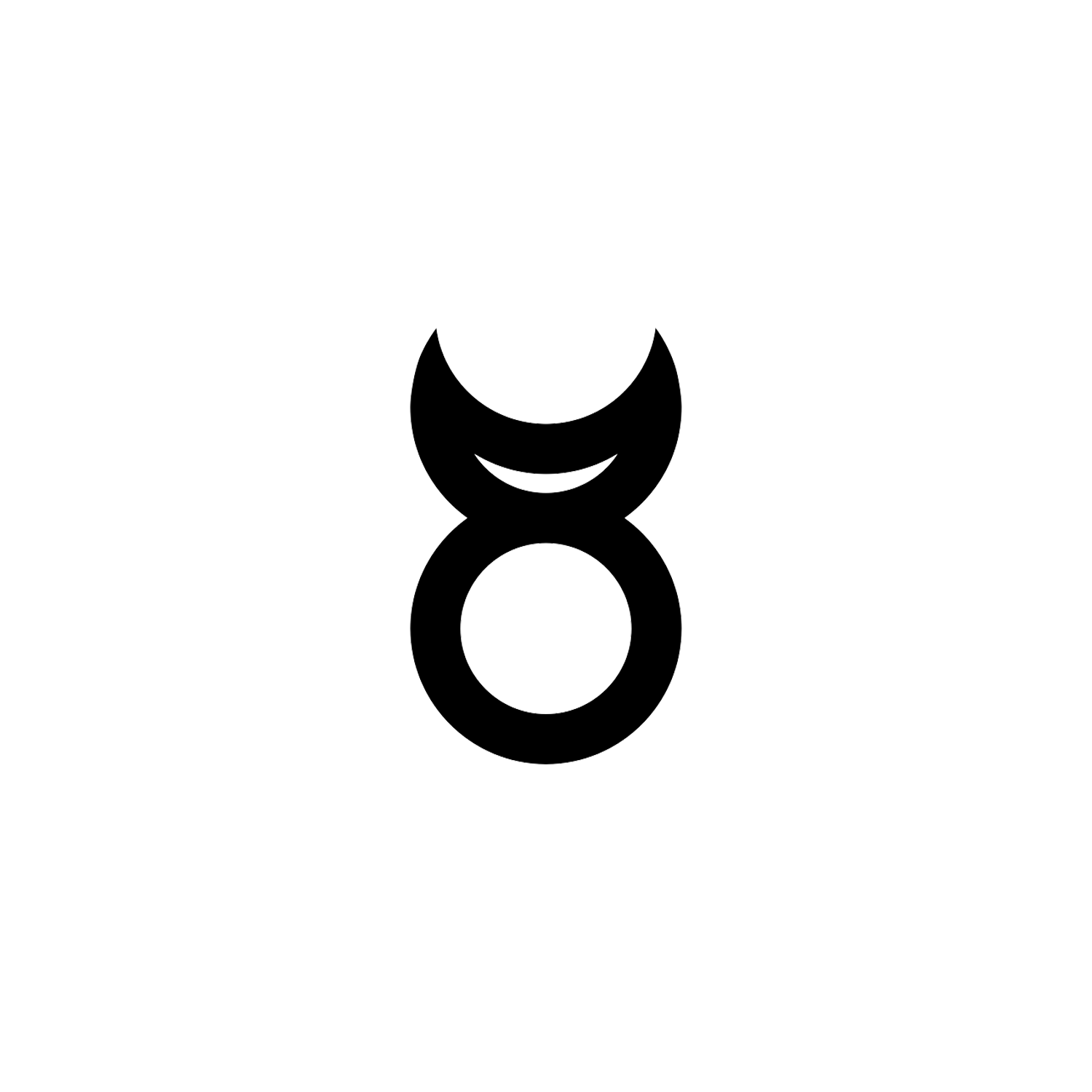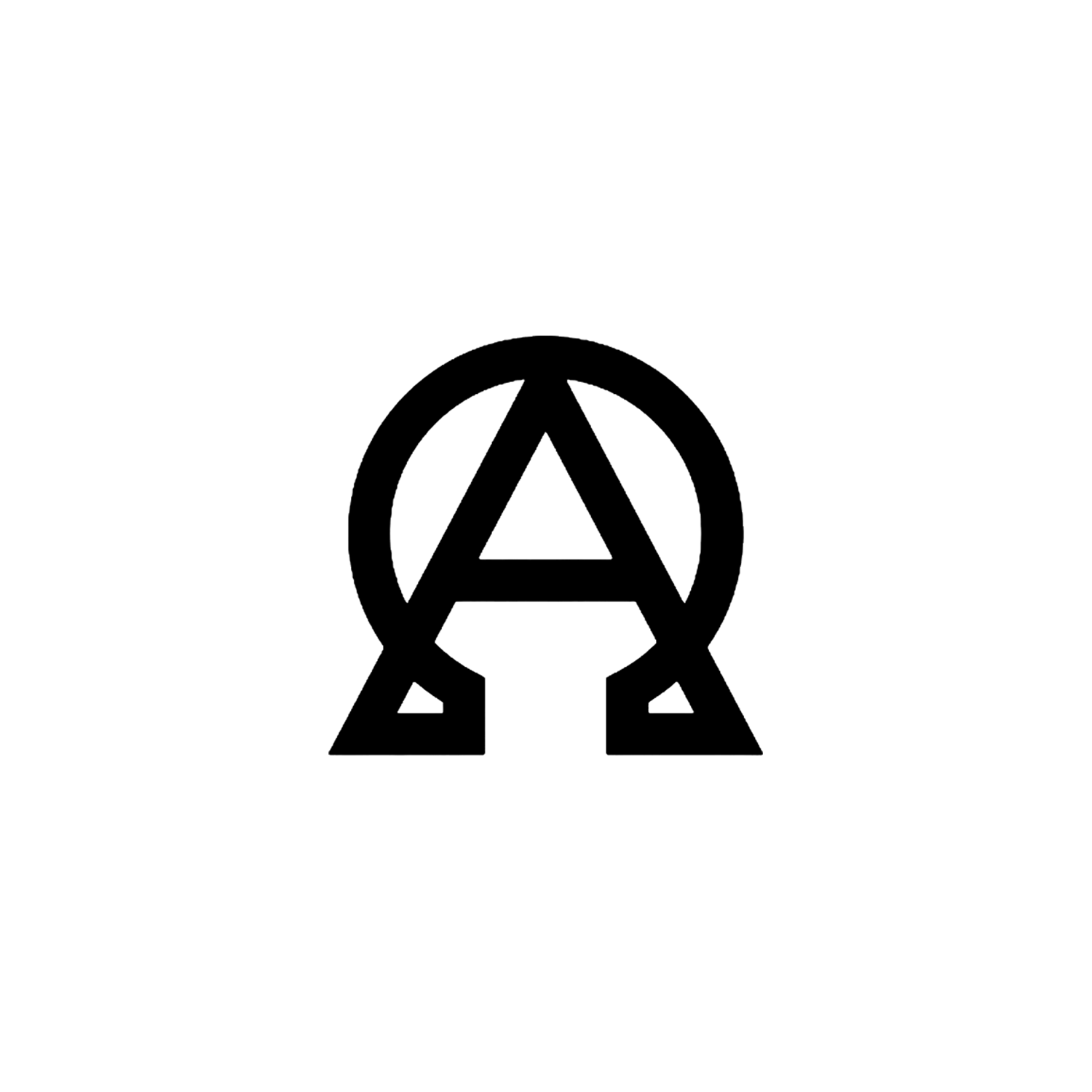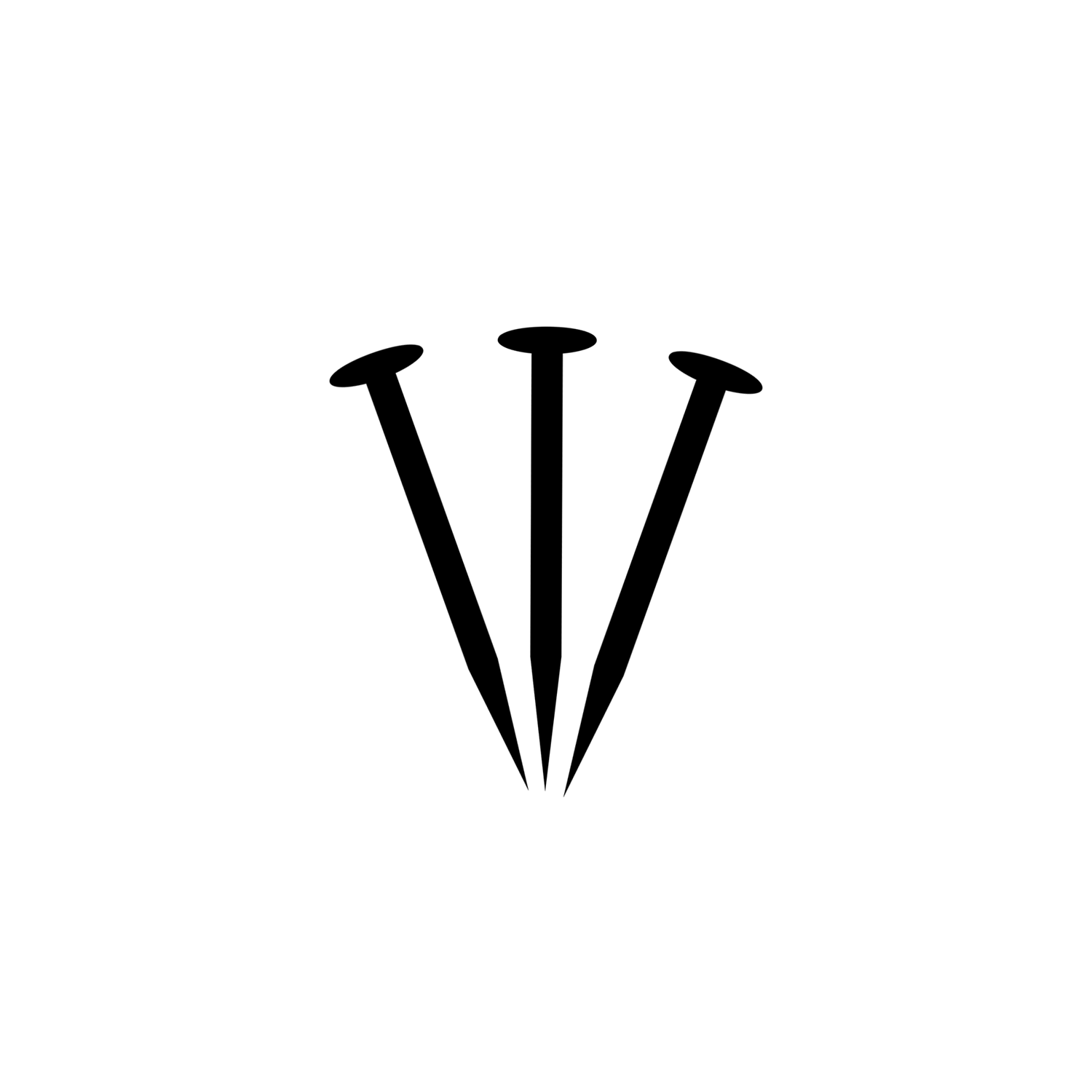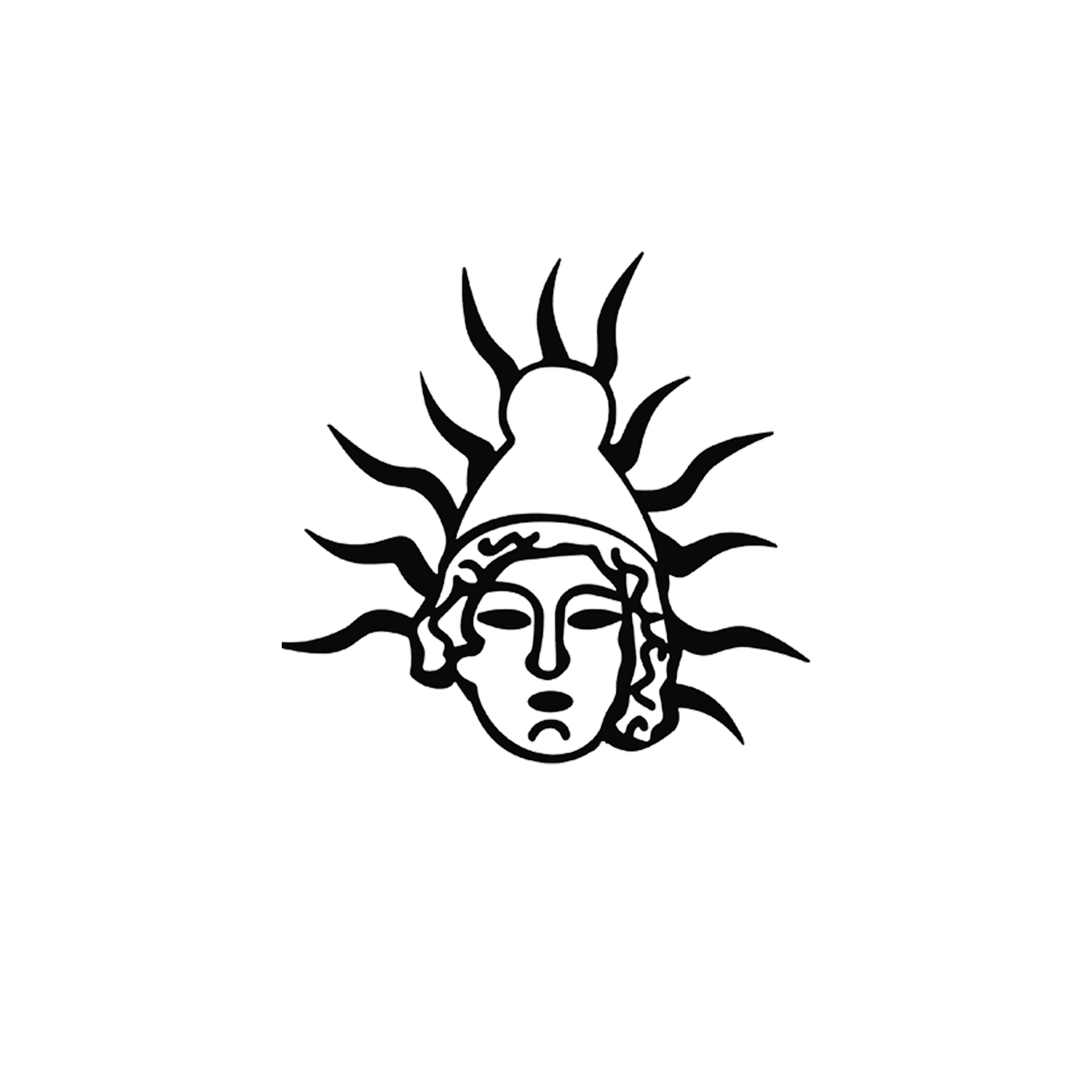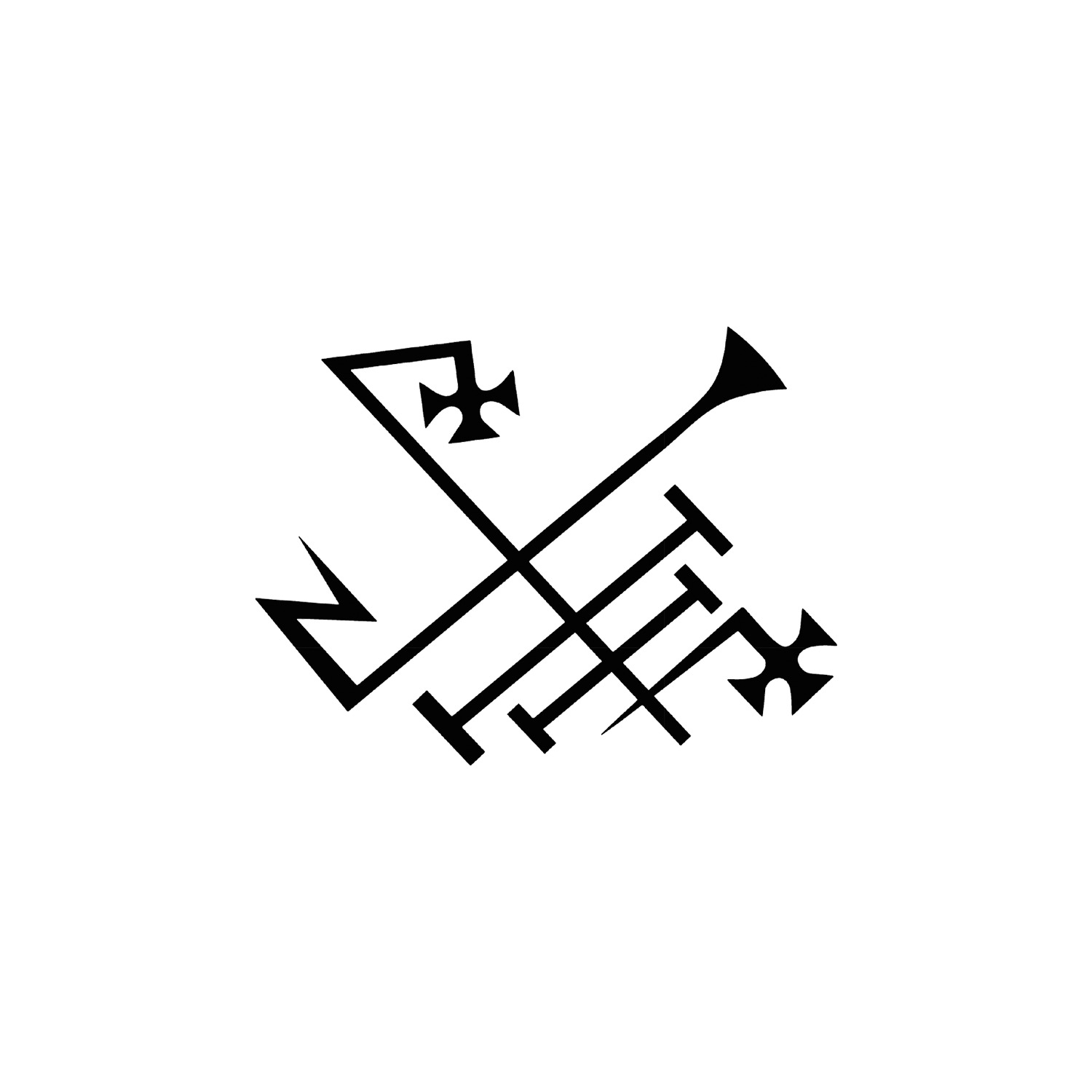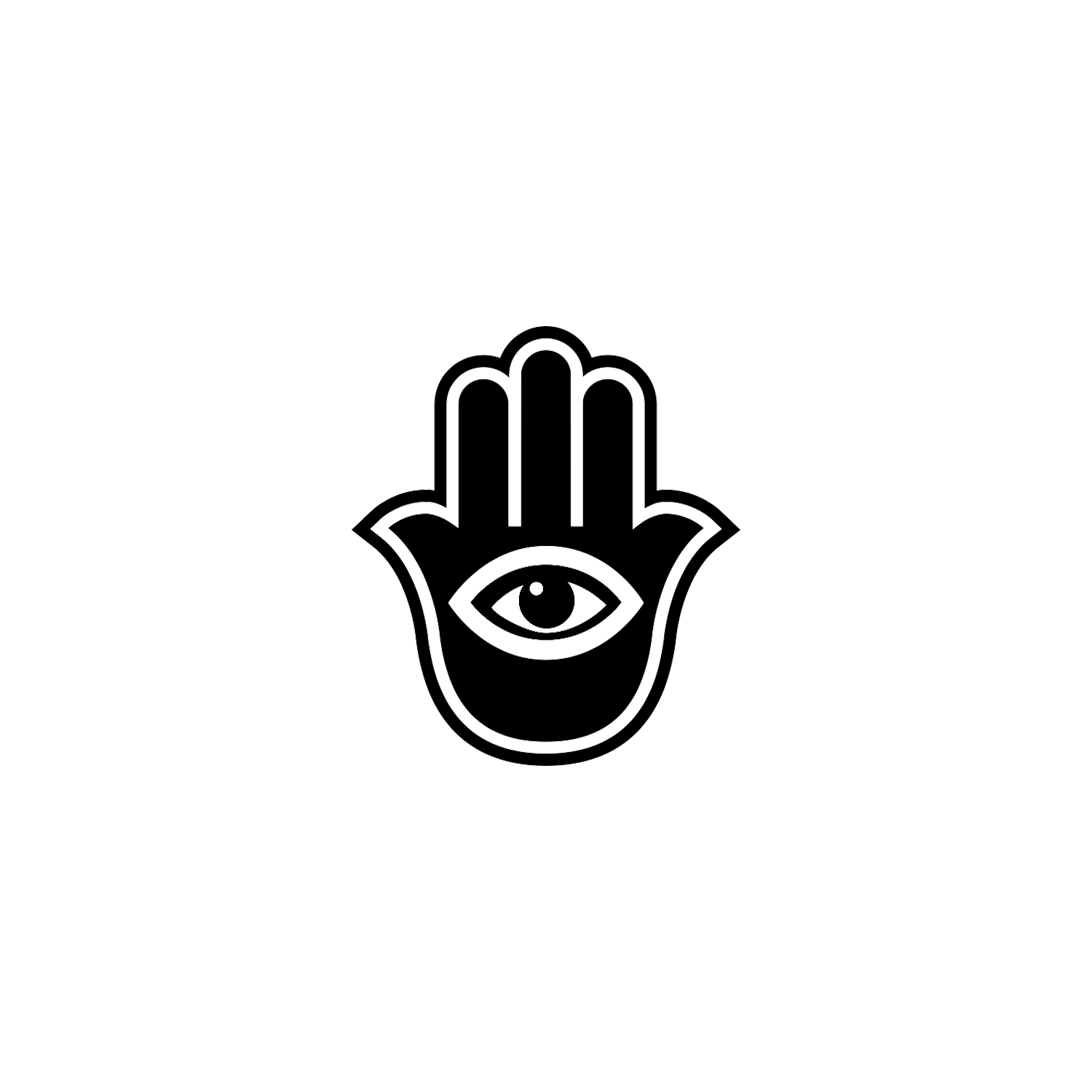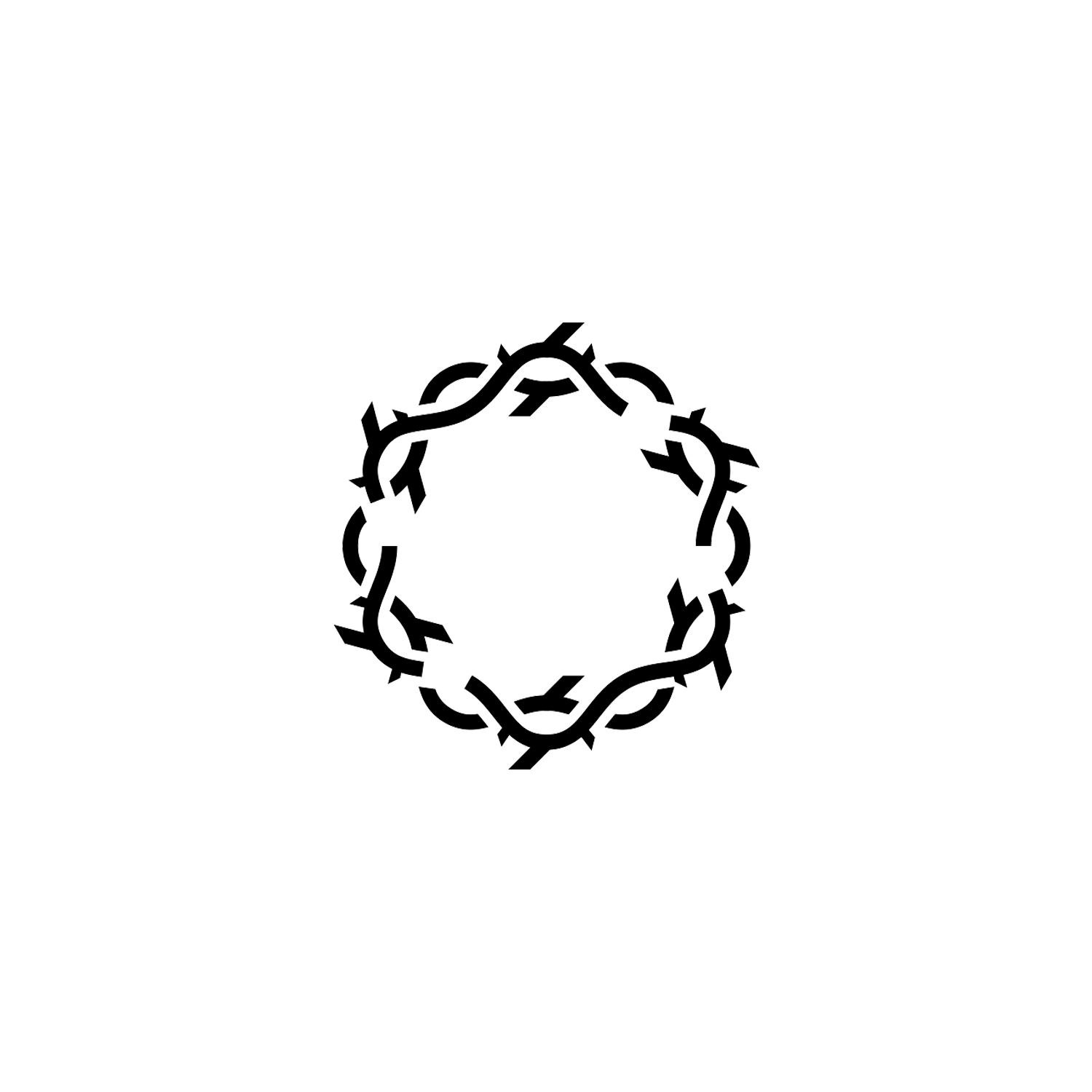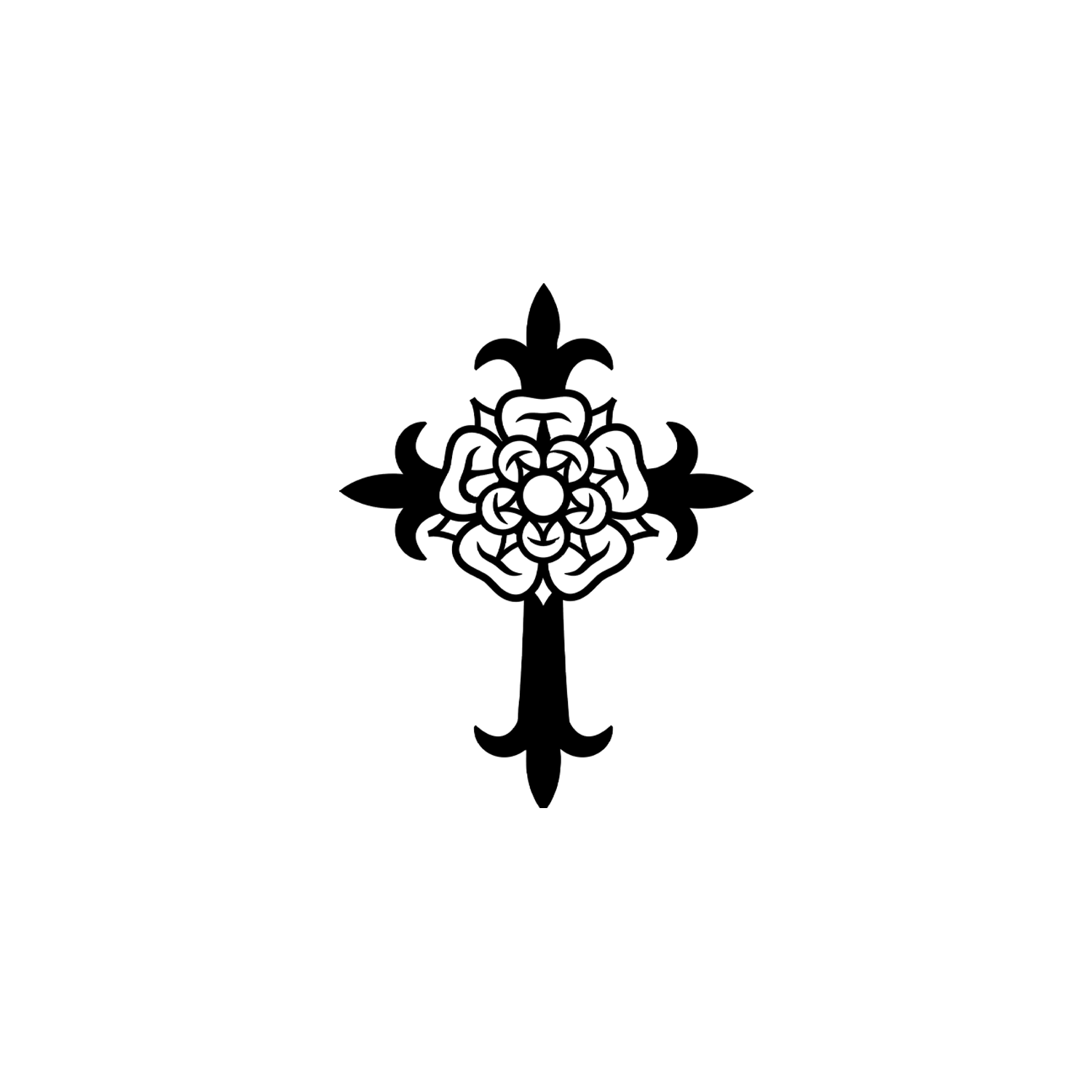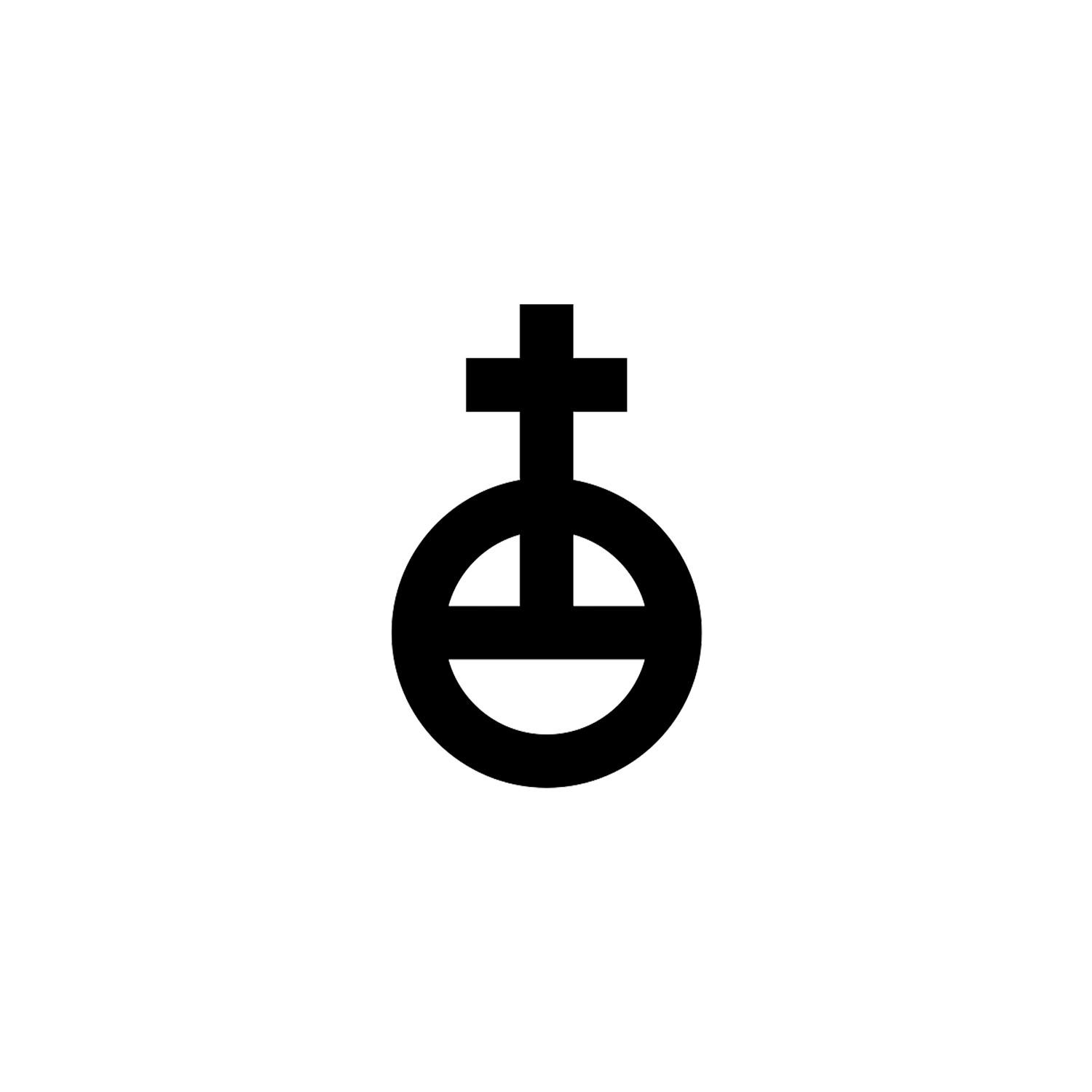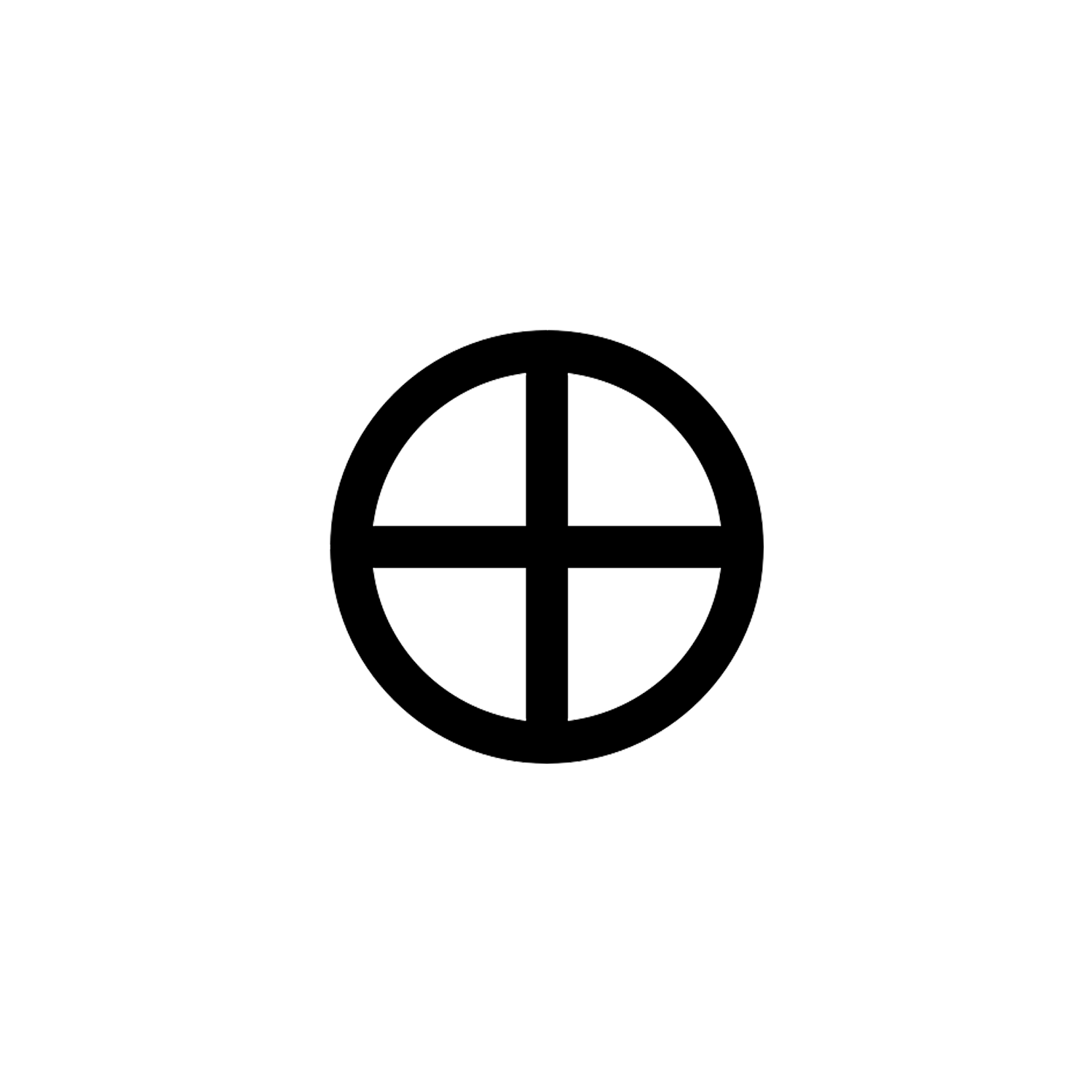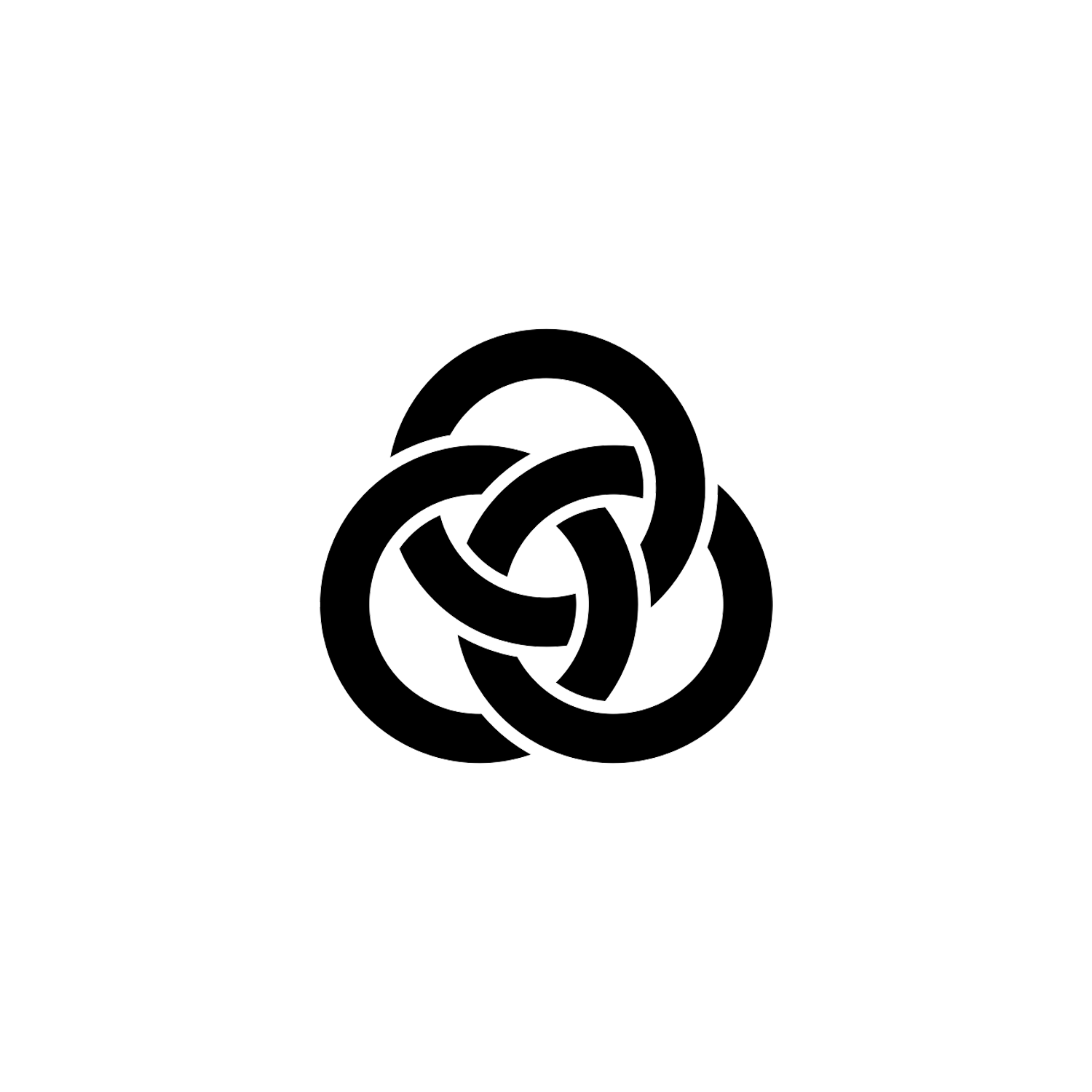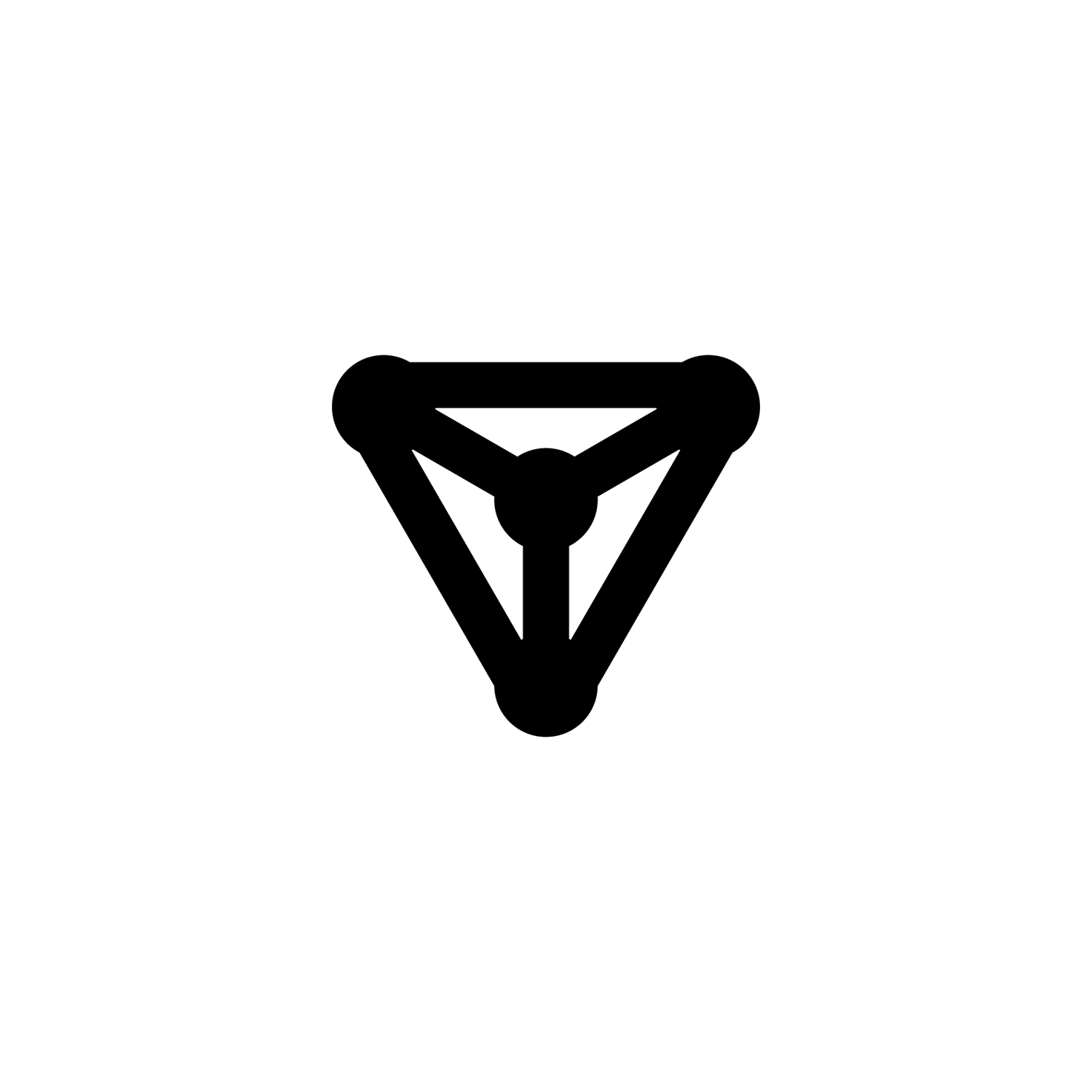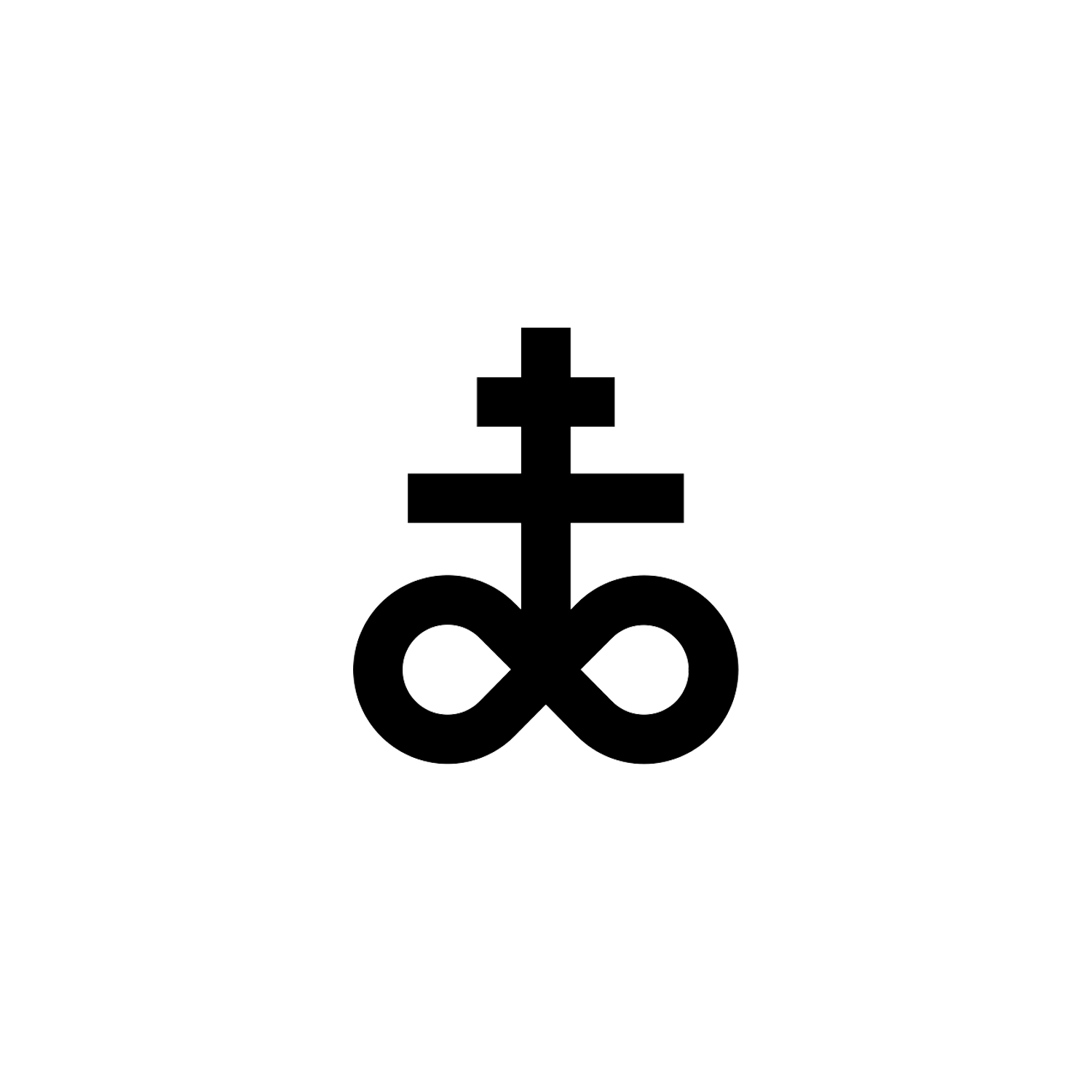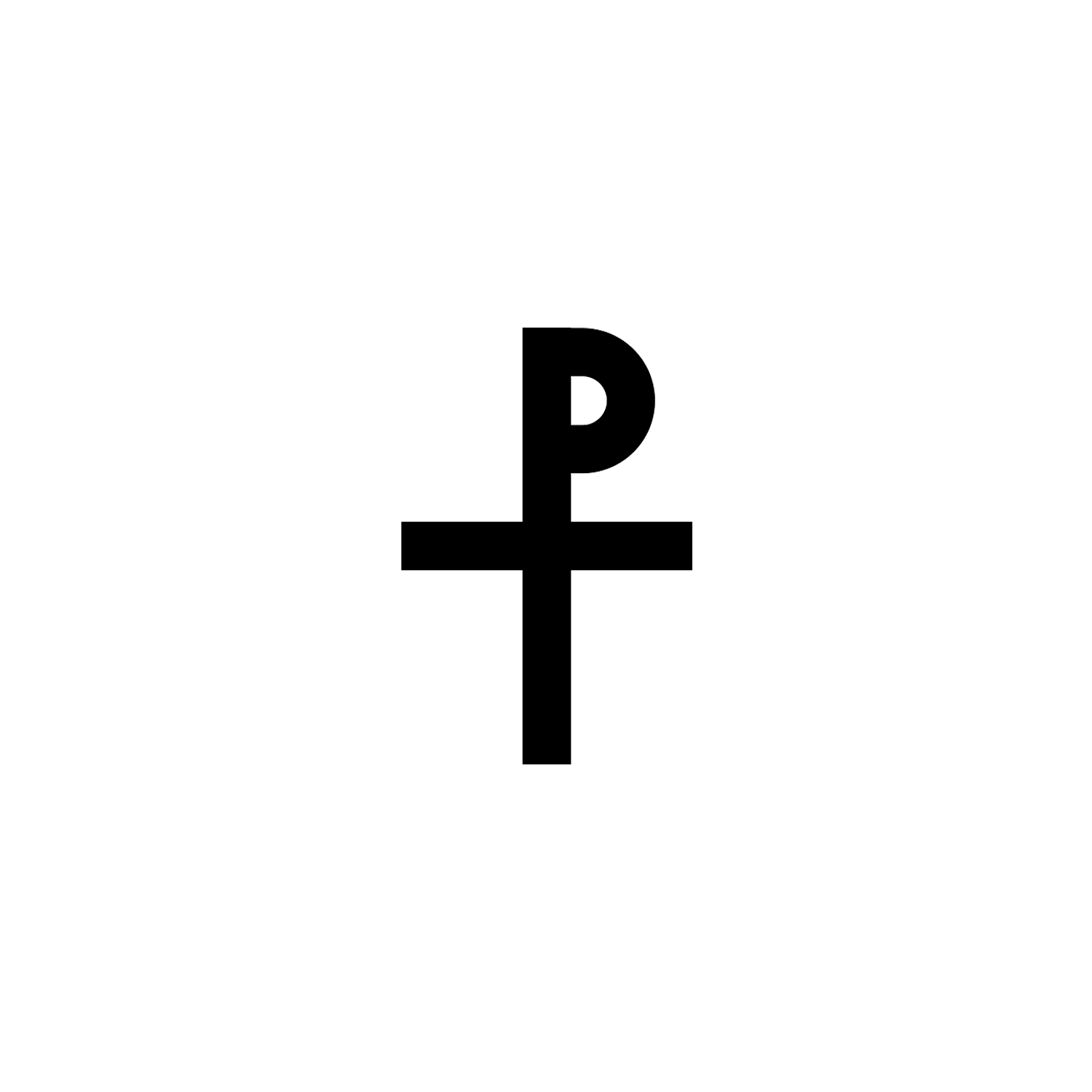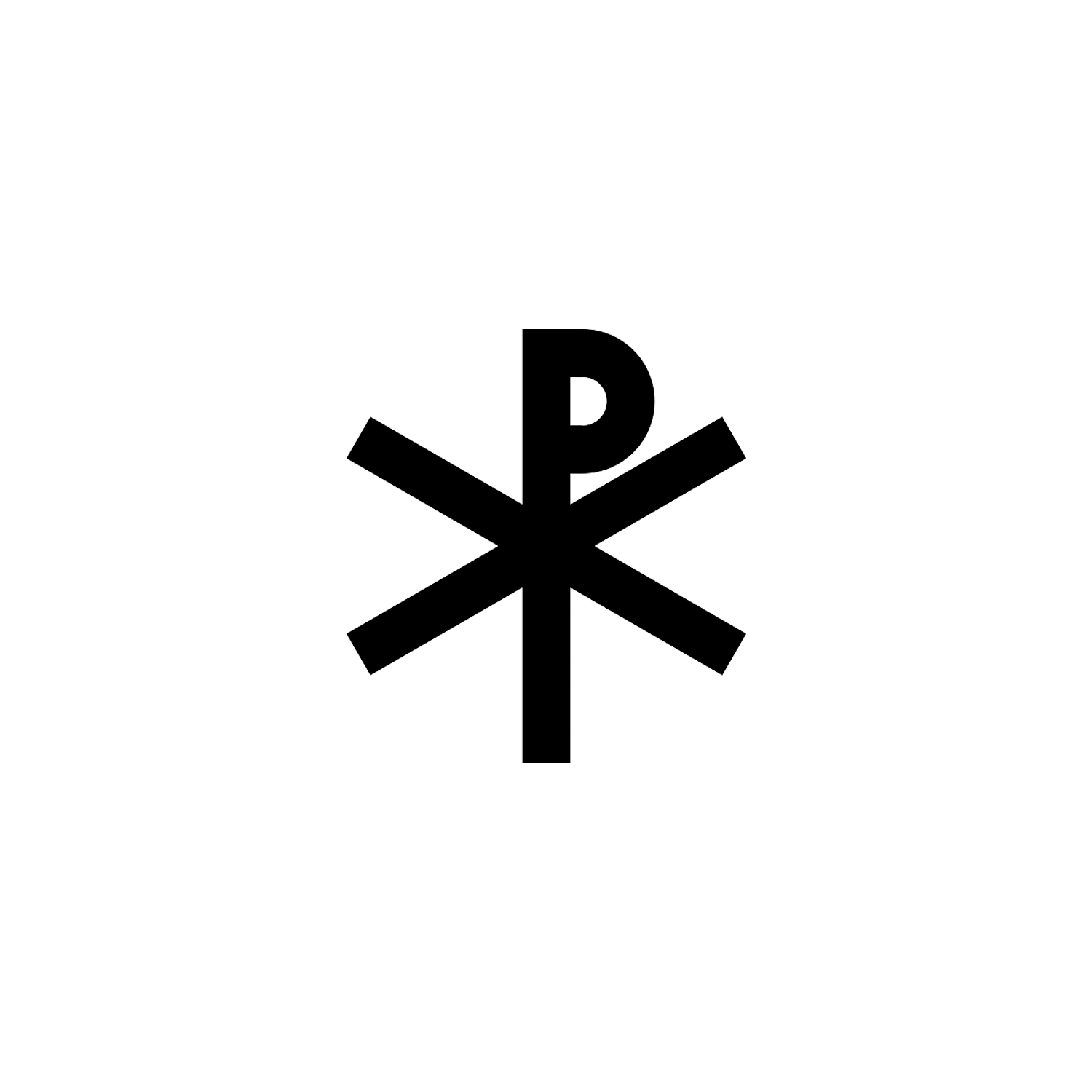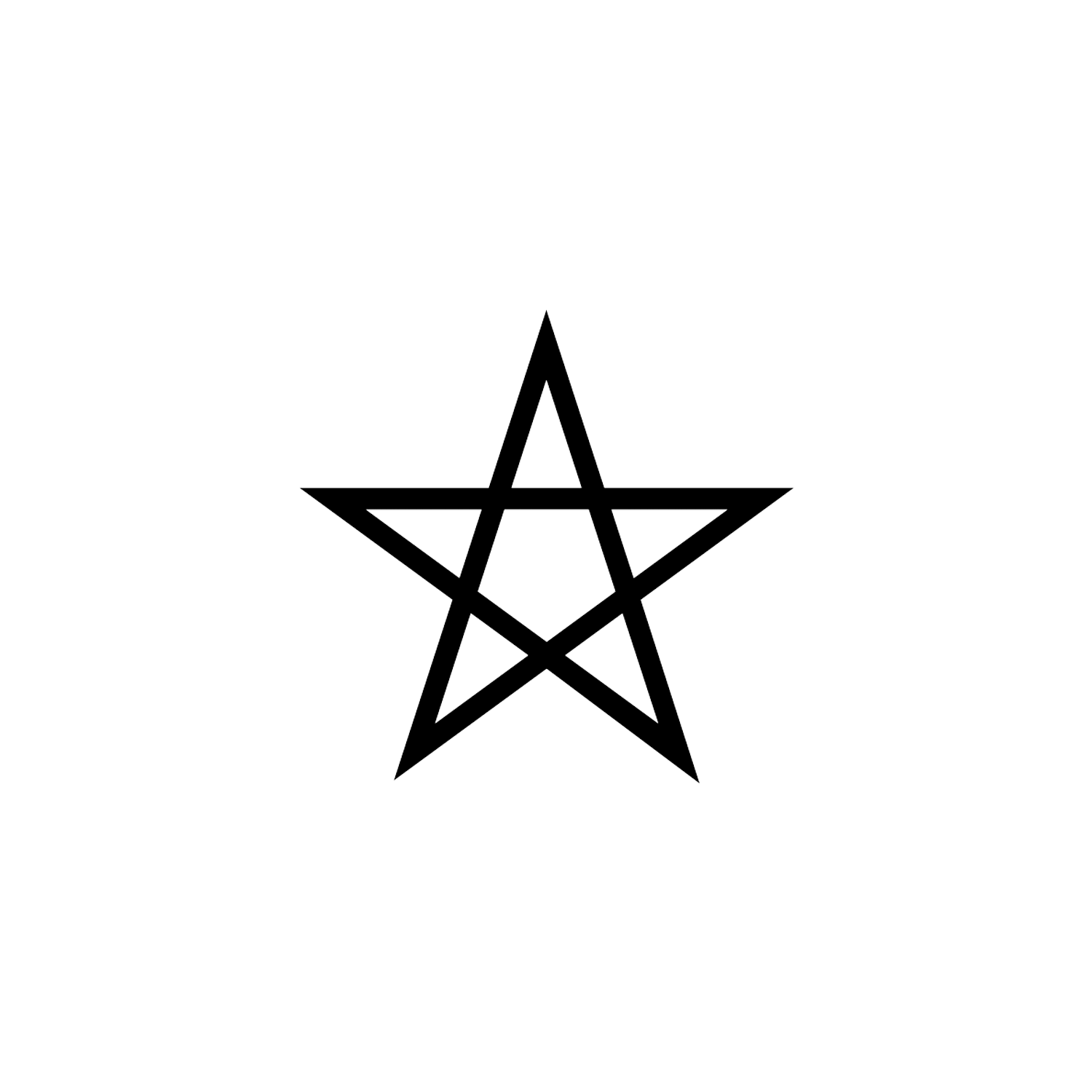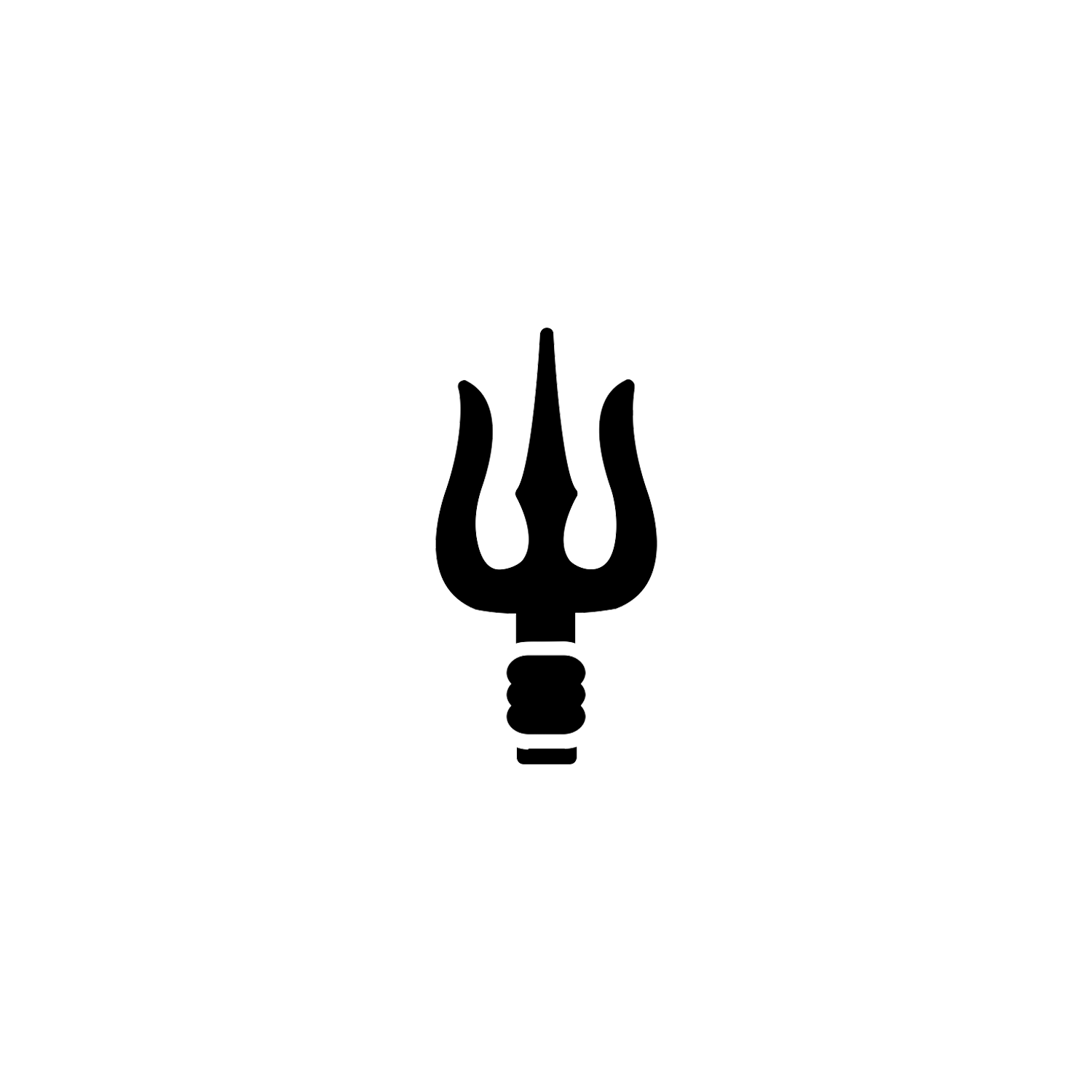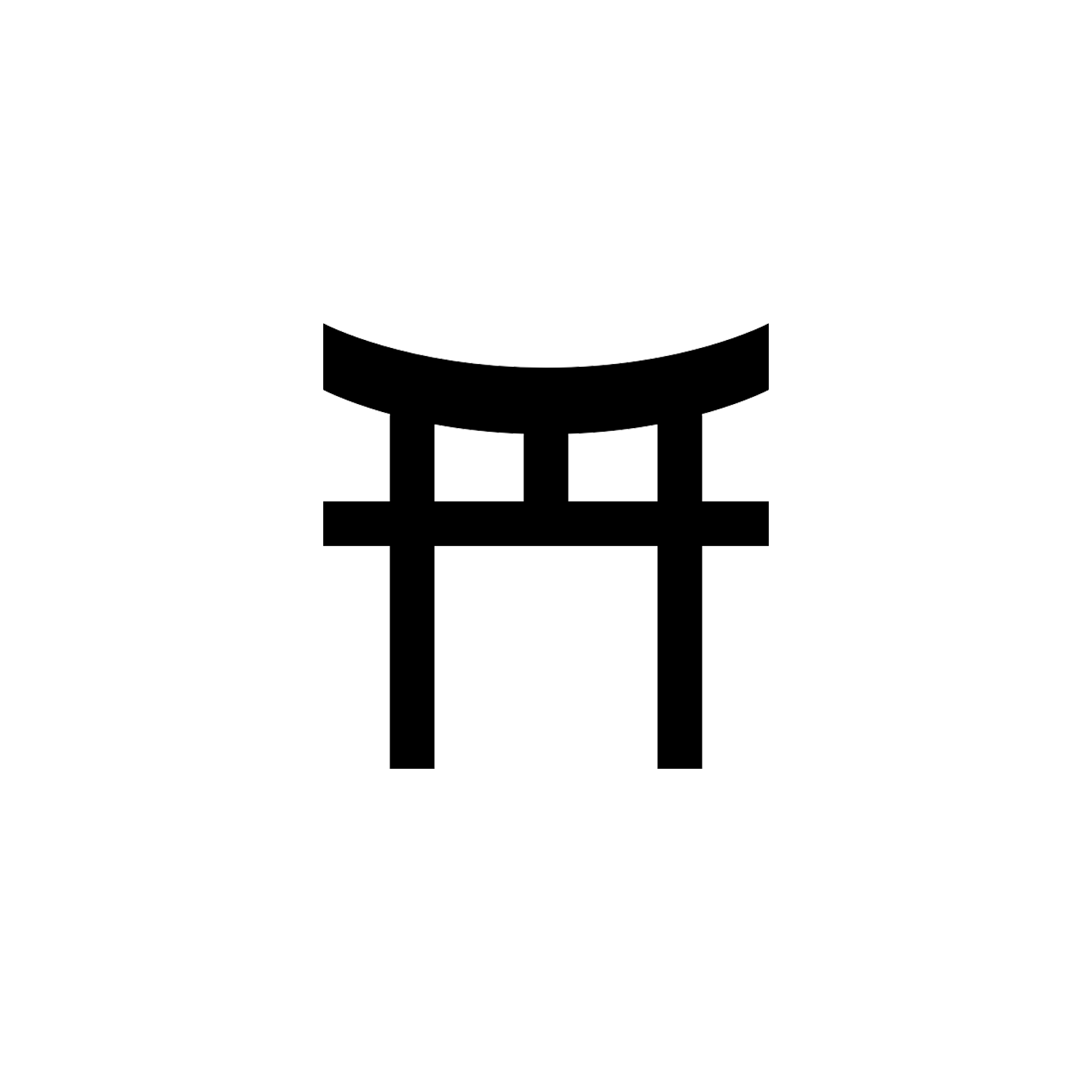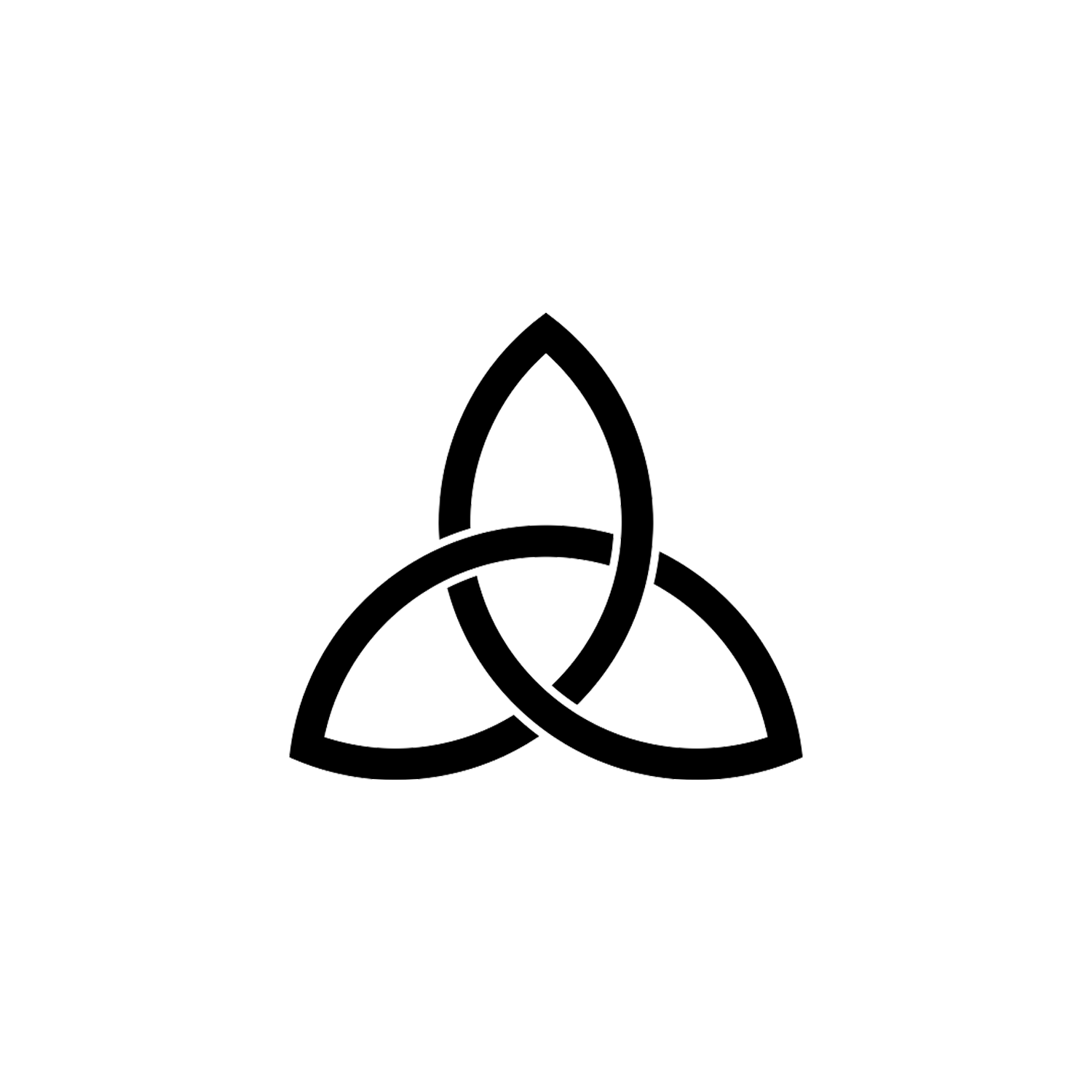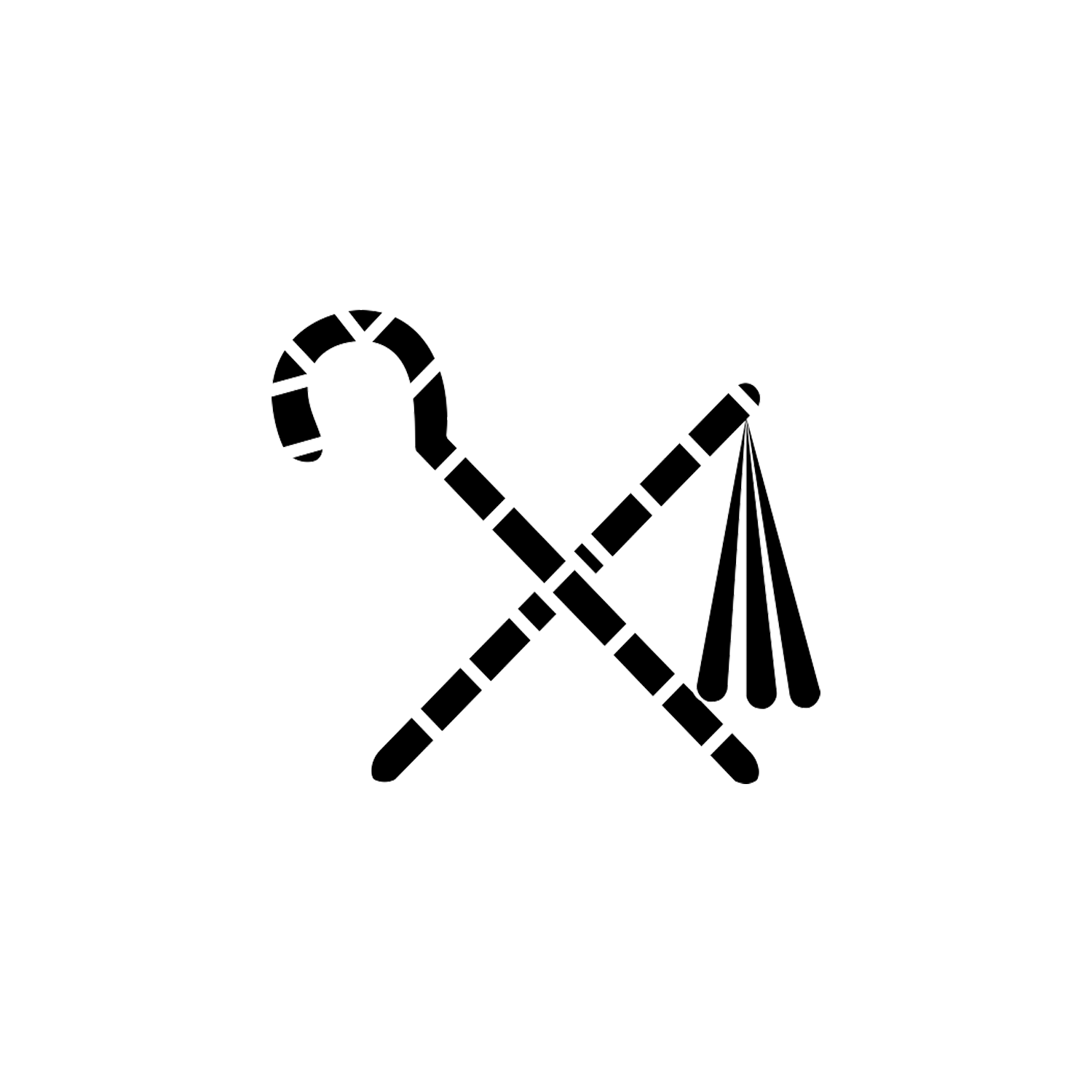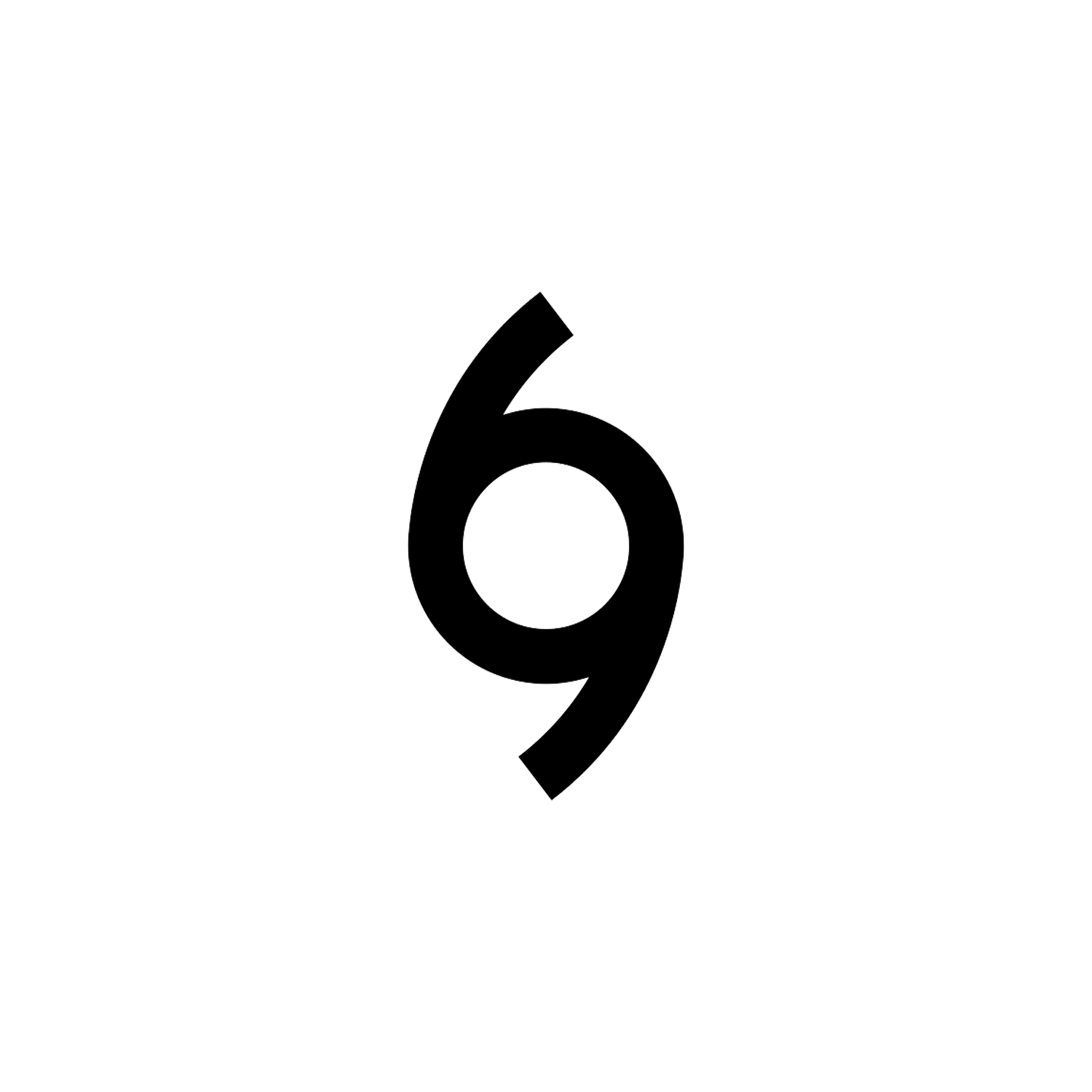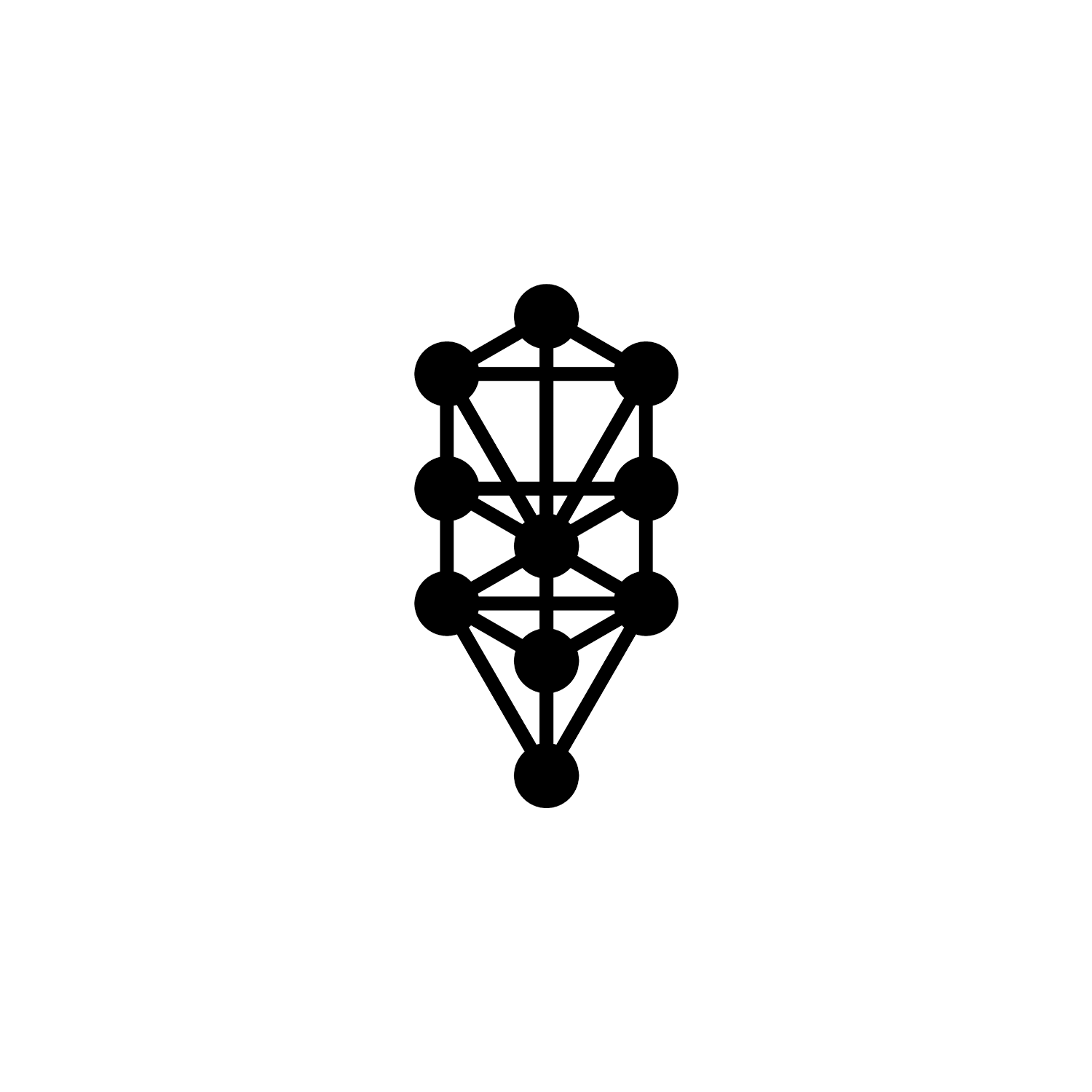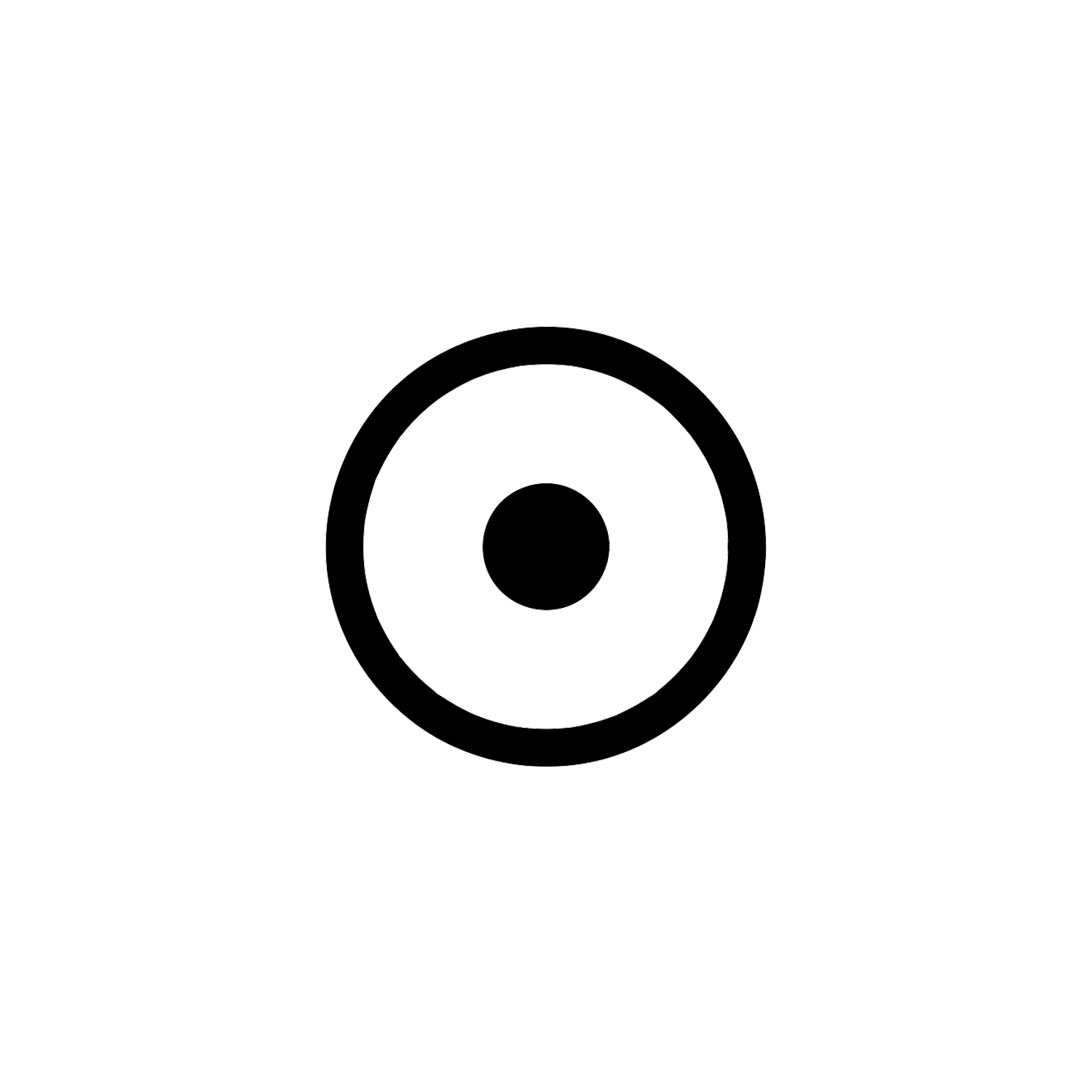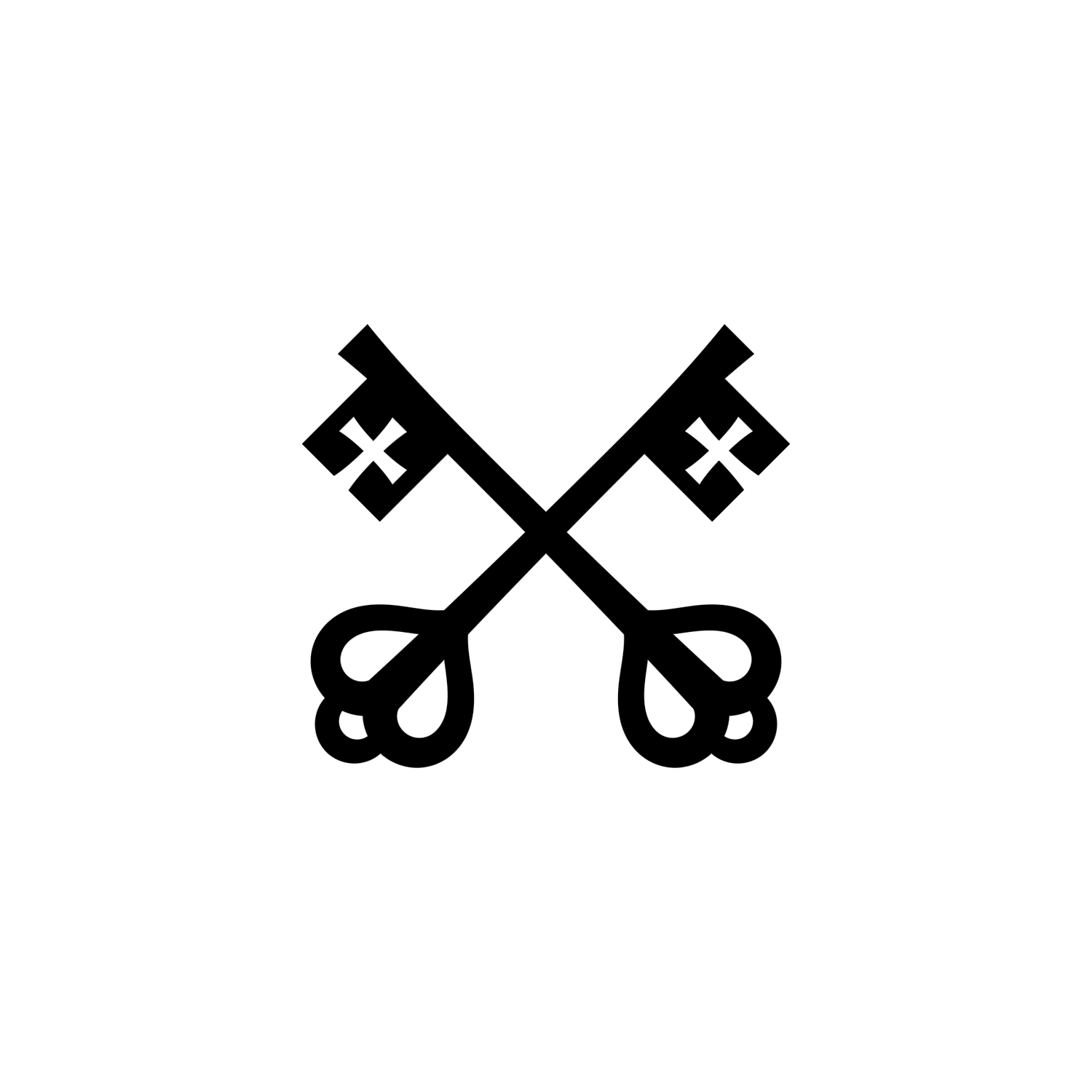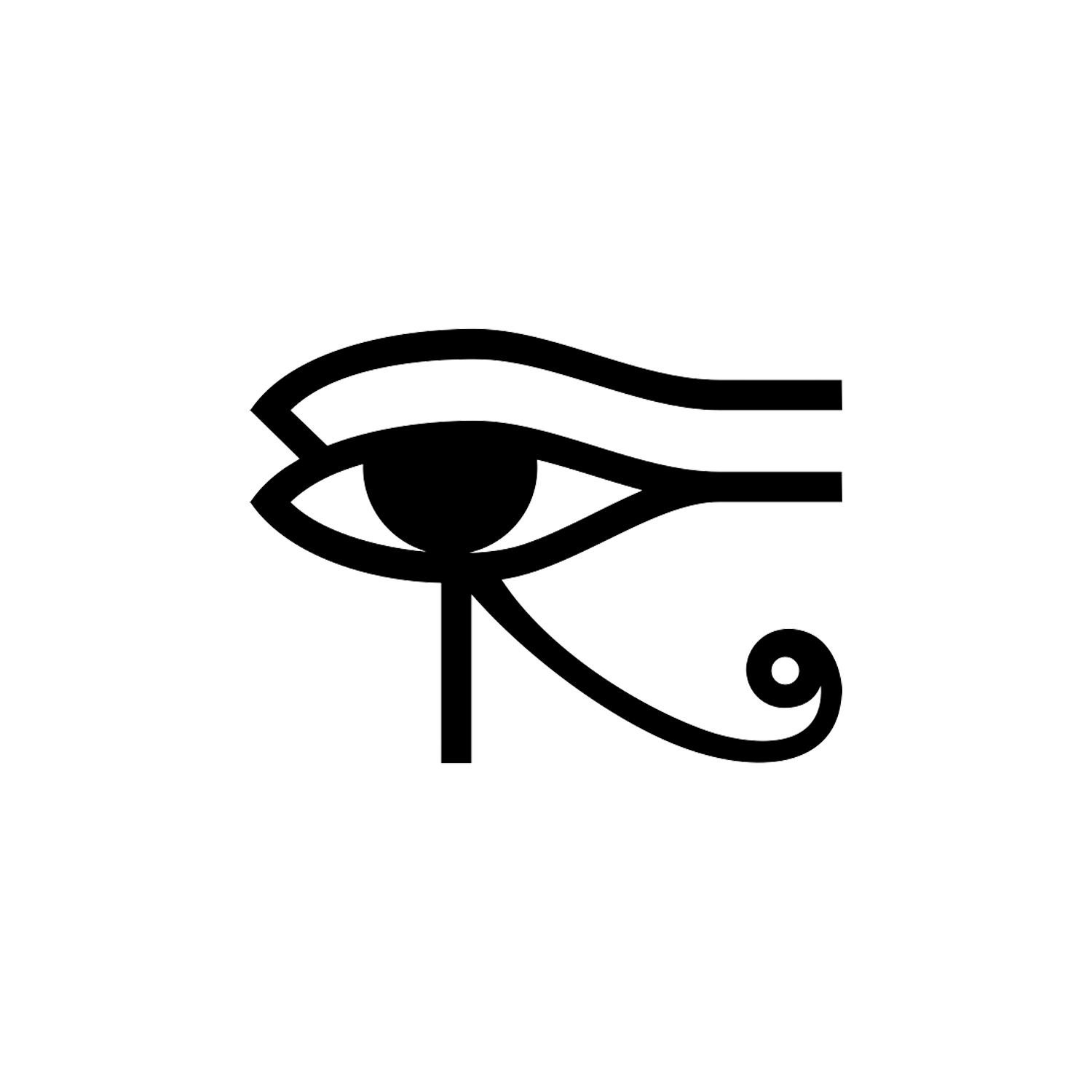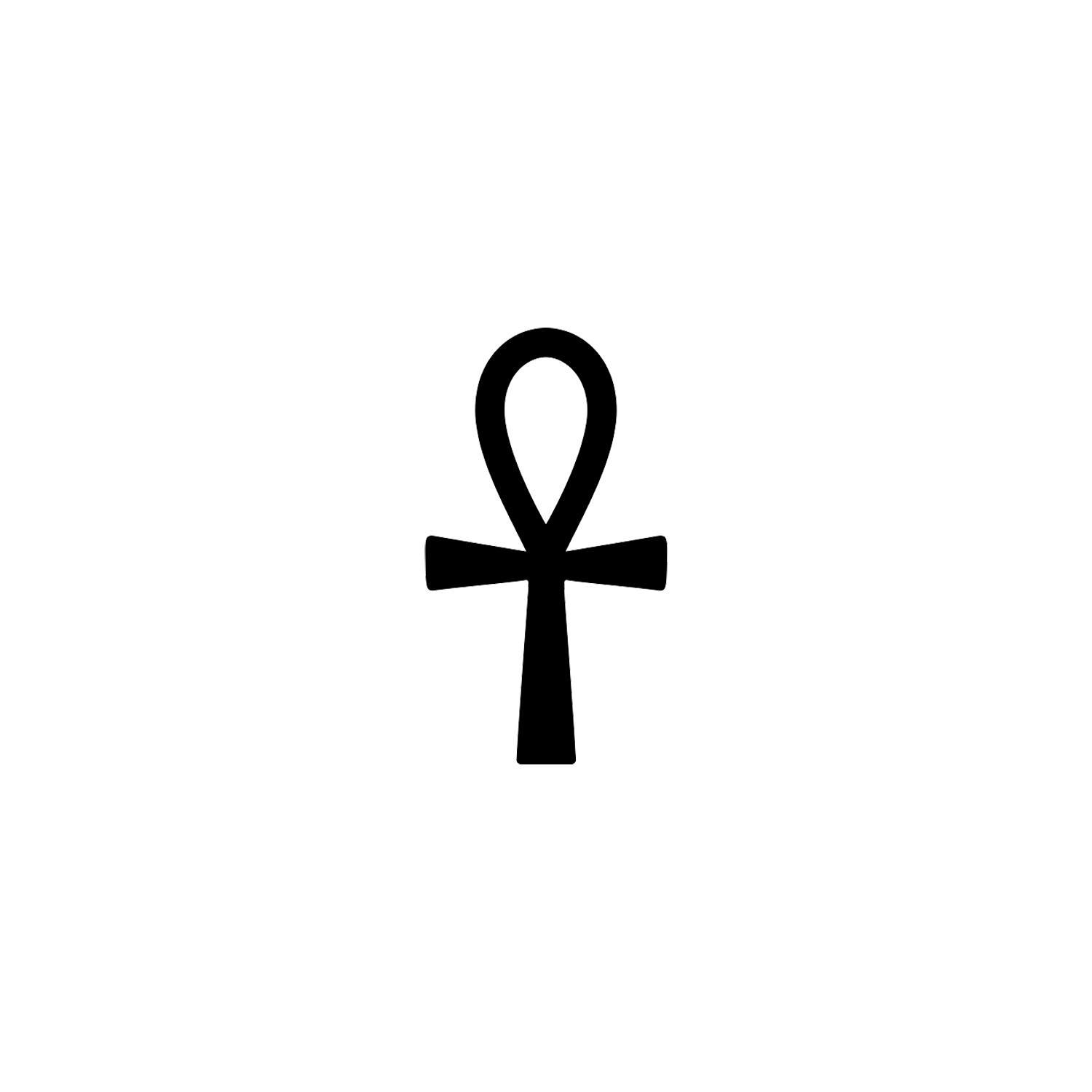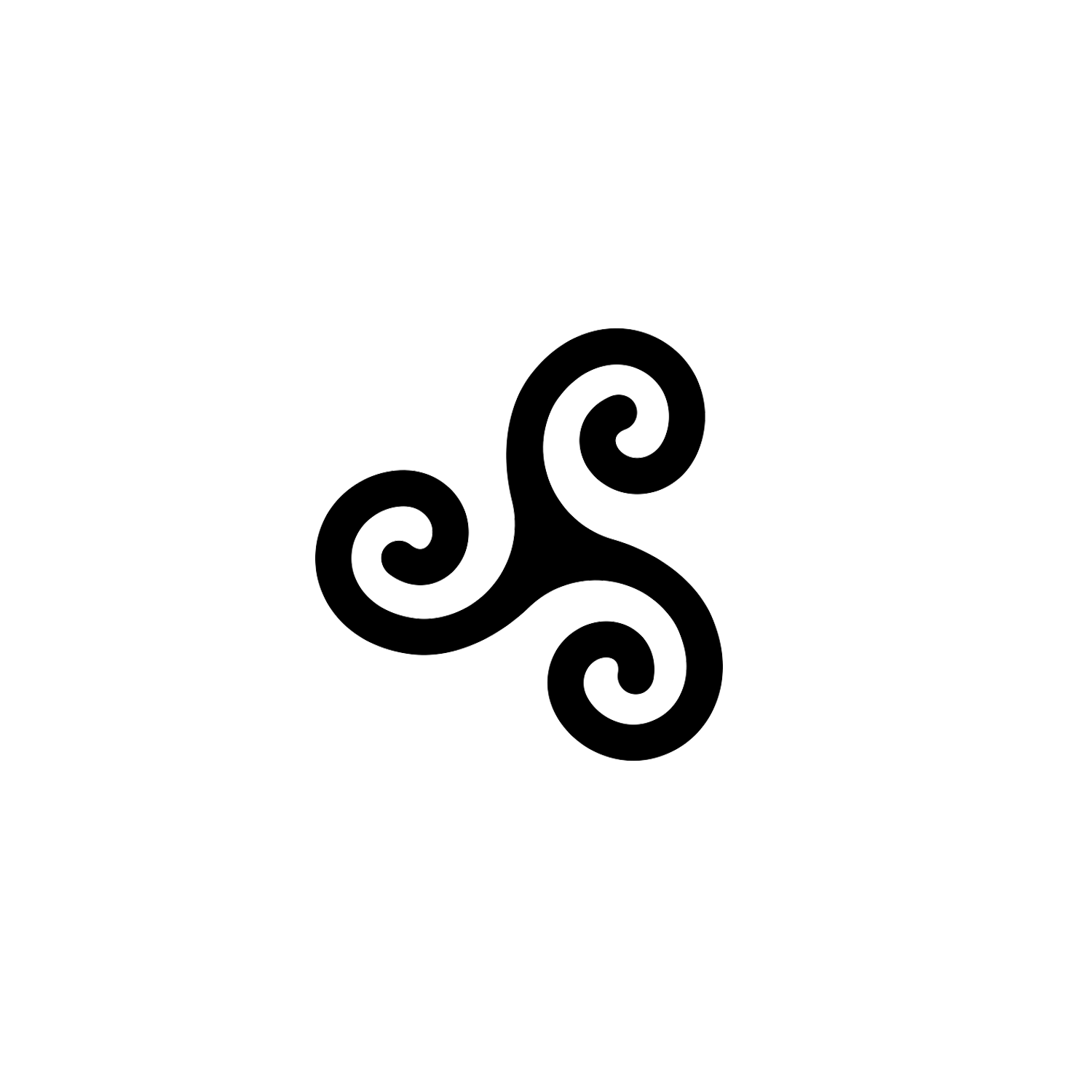Canopic Jars
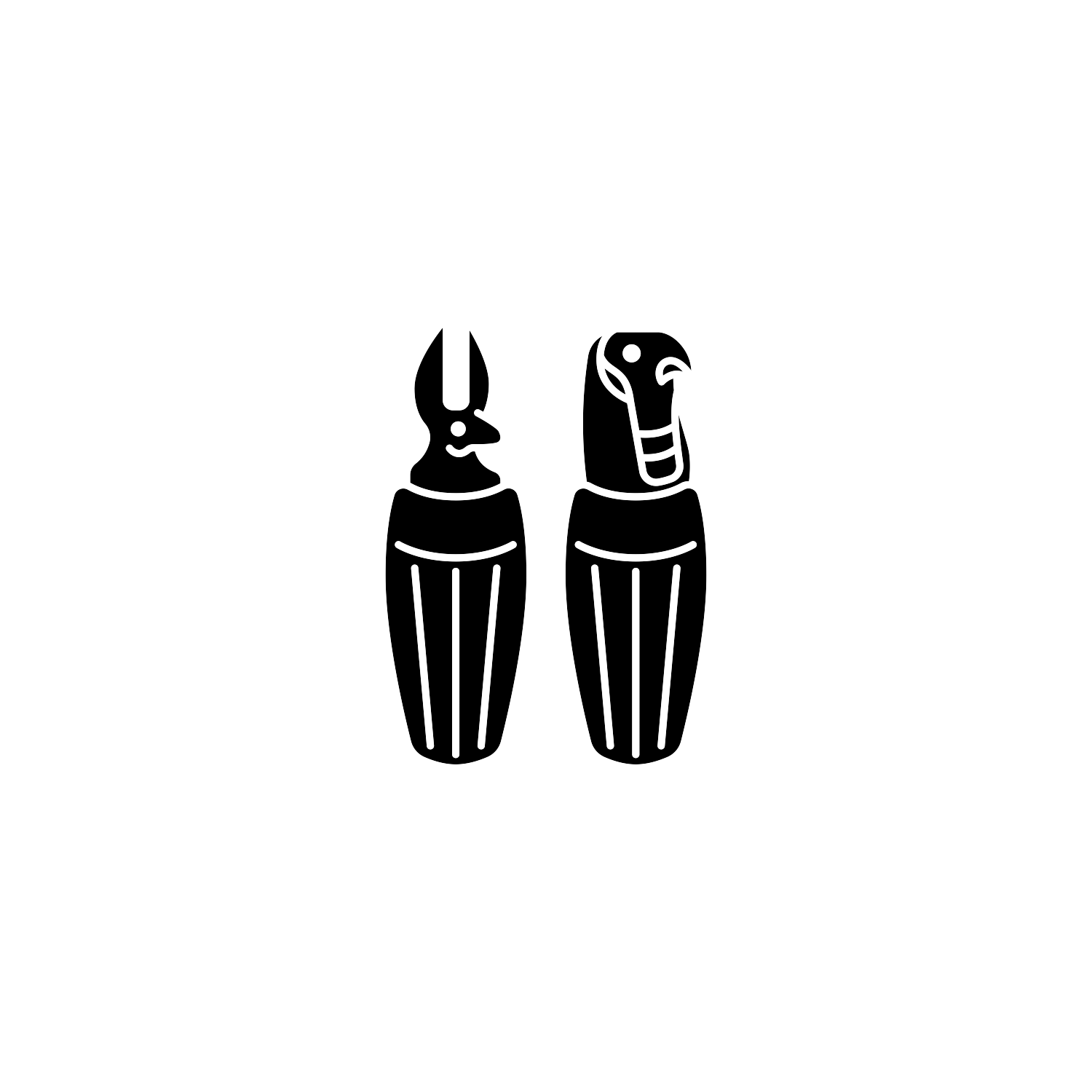

Canopic Jars
Ancient Egyptian funerary vessels.
Overview
Canopic jars are containers that were used by the ancient Egyptians during the mummification process, to store and preserve the viscera of their owner for the afterlife.
Origin and Meaning
The earliest and most common versions were made from stone, but later styles were carved from wood.[1]
The ritual use of the jars dates back as far as the Old Kingdom and stayed in practice until the Late Period or the Ptolemaic Period, by which time the viscera were simply wrapped and placed with the body.[2]
Canopic jars of the Old Kingdom were rarely inscribed and had a plain lid, but by the Middle Kingdom inscriptions became more usual, and the lids were often in the form of human heads. By the Nineteenth Dynasty each of the four lids depicted one of the four sons of Horus, actings as guardians for the respective organ in their jar.

The term canopic reflects the mistaken association by early Egyptologists with the Greek legend of Canopus – the boat captain of Menelaus on the voyage to Troy – “who was buried at Canopus in the Delta where he was worshipped in the form of a jar”.[3] In alternative versions, the name derives from the location Canopus (now Abukir) in the western Nile Delta near Alexandria, where human-headed jars were worshipped as personifications of the god Osiris.[4]
Canopic jars are v-shaped vessels that are hollowed out in the middle and topped with either plain or iconographic stoppers. They ranged in heights from about 14 cm – 50 cm (including the lid), and in diameters anywhere from 6 cm – 20 cm.[5][6]
The most common materials used to make the jars include wood, limestone, faience, and clay, and the design was occasionally accompanied by painted on facial features, names of the deceased or the gods, and/or burial spells. Early canopic jars were placed inside a canopic chest and buried in tombs together with the sarcophagus of the dead.[7]
Later, they were sometimes arranged in rows beneath the bier, or at the four corners of the chamber.[7]
The original style of the jars from the Old Kingdom included a plain, round stopper, while the more typical stoppers in the shape of human heads were not seen until the First Intermediate Period.[8]
The human heads were the iconized representations of the Sons of Horus in their human form and were the predominant styling for the jars through ancient Egypt until the New Kingdom in Nineteenth Dynasty, in which the style transitioned to the more well-known depiction of the animal heads.[9]
Many higher-quality sets from this period were crafted from minerals such as alabaster, aragonite, calcareous stone, and blue or green glazed porcelain.[10]

Purpose and Use
The practice of evisceration began early in the Old Kingdom, but the specific use of the jars as storage for the organs was not well established until the First Intermediate Period.
At the time of mummification, the lungs, liver, stomach, and intestines were removed from the corpse to prevent them from eating away at the rest of the body. Each organ was salted in natron and placed individually into one of the four canopic jars.[4] (There was no jar for the heart: the Egyptians believed it to be the seat of the soul, and so it was left inside the body.[n 1])

Canopic jars from the Old Kingdom were found empty and damaged, even in undisturbed tombs, suggesting that they were part of the burial ritual rather than being used to hold the organs.[12]
The Third Intermediate Period and beyond adopted a similar practice, placing much smaller dummy jars in the tombs without including the organs.
Improved embalming techniques allowed the viscera to remain in the body; the traditional jars remained a feature of tombs, but were no longer hollowed out for storing the organs.[13]
Four Sons of Horus
Each of Horus’s sons were responsible for protecting a particular organ, was himself protected by a companion goddess, and represented a cardinal direction:[14]
● Hapi: the baboon-headed god representing the North was protected by the goddess Nephthys and was assinged to the lungs;
● Duamutef: the jackal-headed god representing the East was protected by the goddess Neith and was assigned to the stomach;
● Imseti: the human-headed god representing the South was protected by the goddess Isis and was assigned to the liver;
● Qebehsenuef: the falcon-headed god representing the West was protected by the goddess Serket and was assigned to the intestines.[15]
Conclusion
An Egyptian funerary vessel that is sometimes claimed to be a predecessor of the modern cremation urn, the Canopic Jars are usually in a set of four, each protecting an organ and representing a direction.
[1] Shaw, Ian; Paul Nicholson (1995). The Dictionary of Ancient Egypt. p. 59. New York: Harry N. Abrams. ISBN0-8109-9096-2.
[2] Spencer, A. Jeffrey, ed. (2007). The British Museum Book of Ancient Egypt. p. 115. London: British Museum Press. ISBN 978-0-7141-1975-5.
[3] David, A. Rosalie (1999). Handbook to Life in Ancient Egypt. p. 152. Oxford: Oxford University Press. ISBN 0-8160-3312-9.
[4] Strudwick, Helen (2006). The Encyclopedia of Ancient Egypt. New York: Sterling Publishing Co., Inc. pp. 184–185. ISBN 978-1-4351-4654-9
[5] Elkrim, Abd; Gamil, Ehab (January 1, 2024). "Three Canopic Jars from El-Matariya in the Grand Egyptian Museum (GEM 4964, 4967, 19335)". Shedet. 12 (12): 213–243. doi:10.21608/shedet.2023.174603.1153. ISSN 2356-8704
[6] Laemmel, Sabine. "Clay Canopic Jars: An Example from TT23 and Its Typological and Historical Context." And the Earth ıs Joyous, Essays in Honour of Galina A. Belova,(Eds. SV Ivanov-EG Tolmacheva), CES RAS (2015): 153-175.
[7] Budge, Sir Edward Wallis (2010) [1925]. The mummy; a handbook of Egyptian funerary archaeology. New York: Cambridge University Press. ISBN 978-1-108-01825-8.
[8] Shaw and Nicholson, p. 59
[9] Shaw and Nicholson, p. 60
[10] Budge, p. 240
[11] Weighing Of The Heart Scene Archived 2013-12-17 at the Wayback Machine, Swansea University: W1912
[12] Lucie Jirásková: Damage and repairs of the Old Kingdom canopic jars – the case at Abusir. In: Prague Egyptological Studies. 15, 2015, ISSN 1214-3189, pp. 76–85, (online).
[13] "Canopic Jars", Archived 2013-01-18 at the Wayback Machine Digital Egypt for Universities, University College London
[14] Murray, Margaret A. (2004) [1963]. The Splendor that was Egypt. Mineola. p. 153. N.Y: Dover. ISBN 978-0-486-43100-0.
[15] Gadalla, Moustafa (2001). Egyptian Divinities – The All who are The One. p. 78. Greensboro, N.C.: Tehuti Research Foundation. ISBN 1-931446-04-0.
[n 1] In the afterlife, it was believed, the heart would be weighed against the feather of Ma'at (truth) by the god Anubis.[11] If it was too heavy from bad deeds it would be fed to a monster, Ammit, that was believed to be part lion, part hippopotamus, and part crocodile.
Latest Symbols
Monthly Digest
A summary of symbols for the month in a quick read format straight to your inbox.

